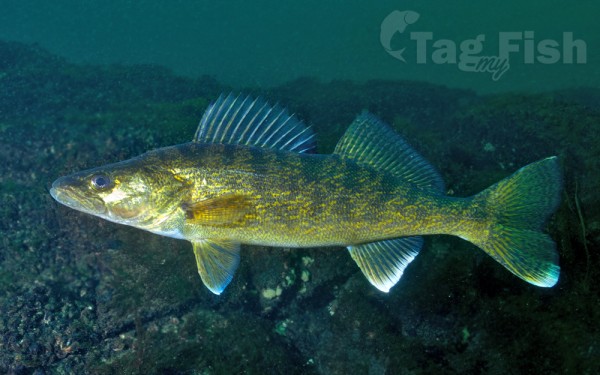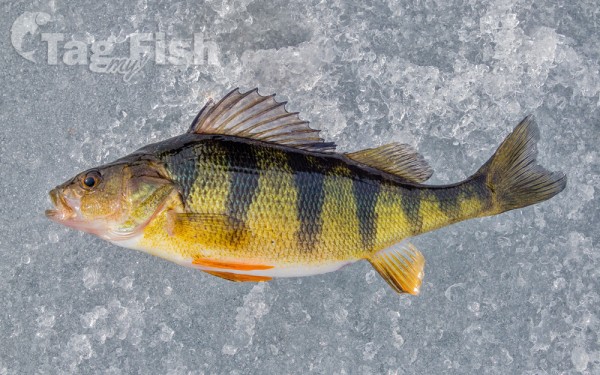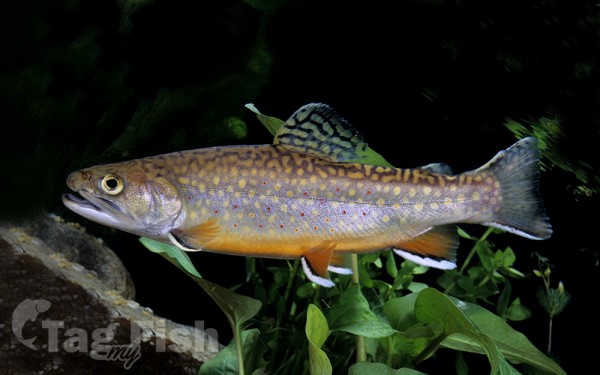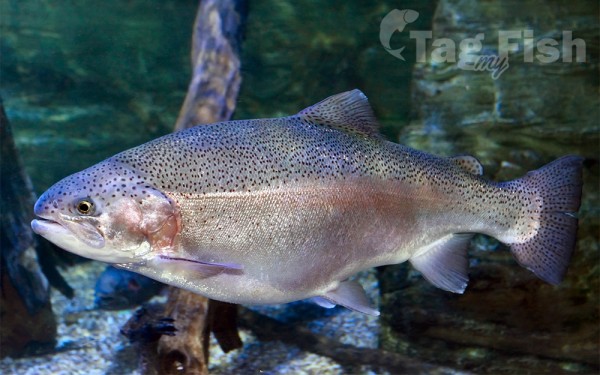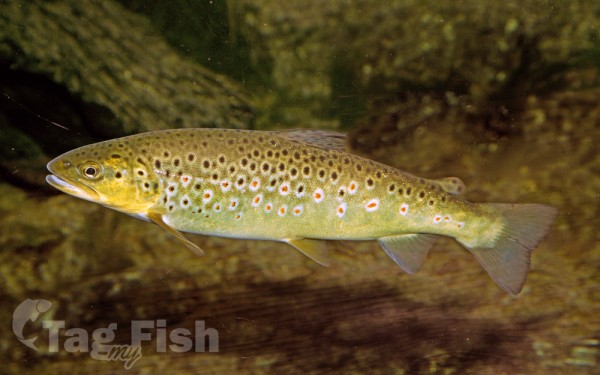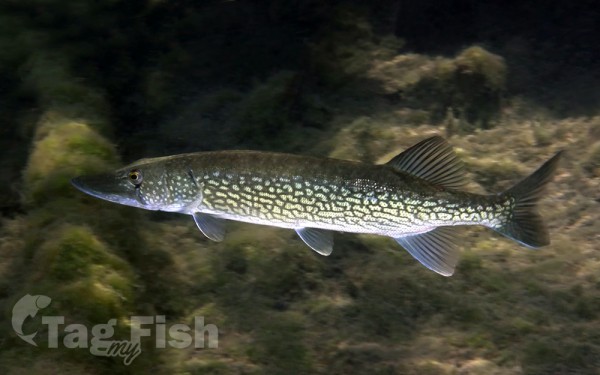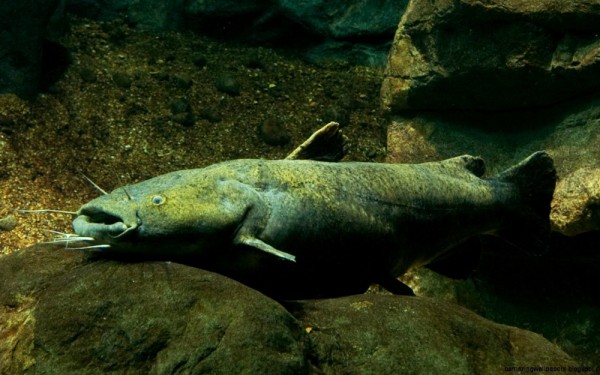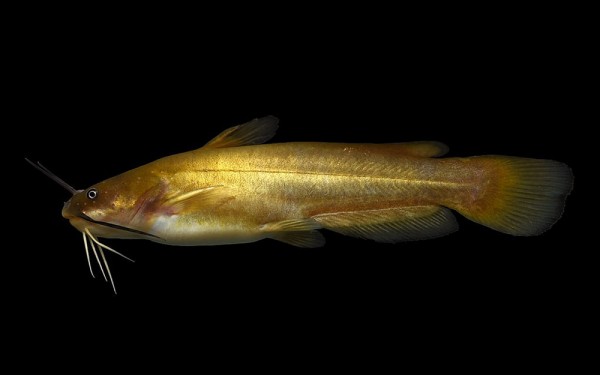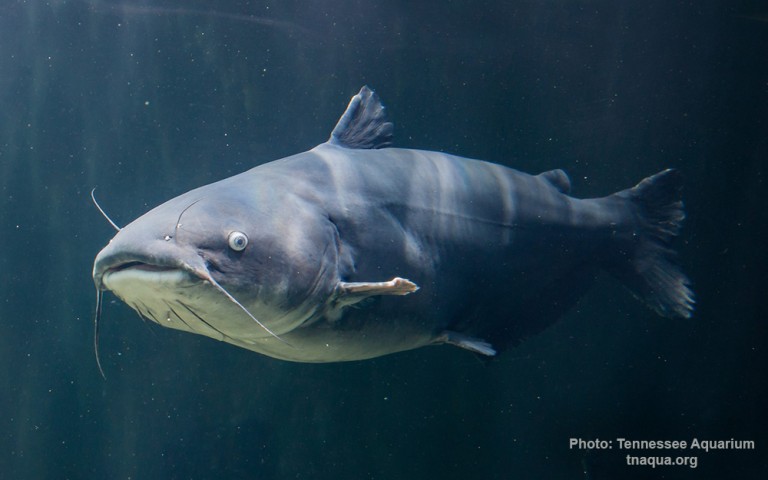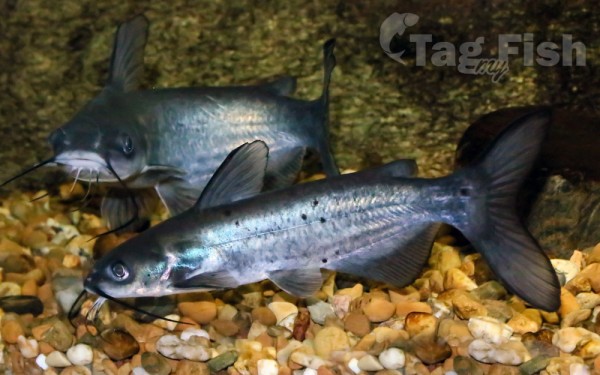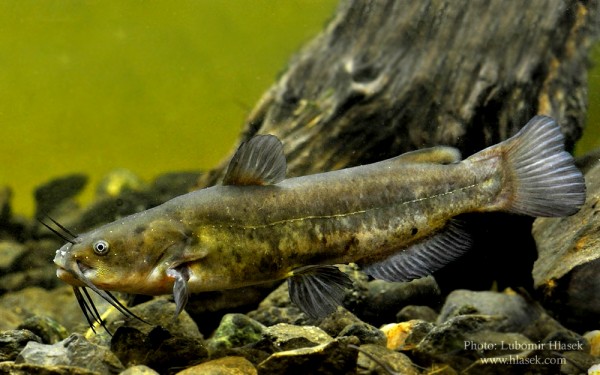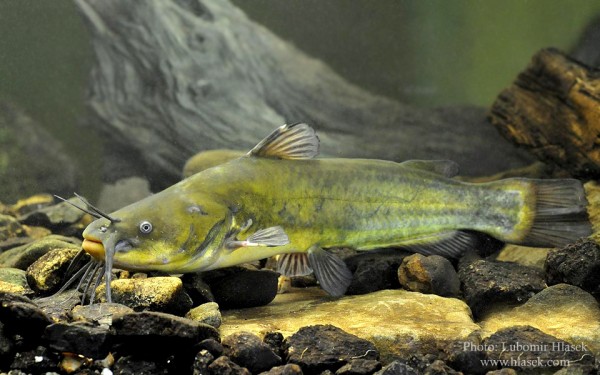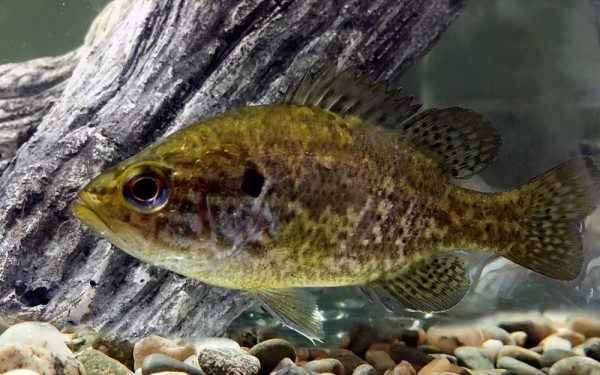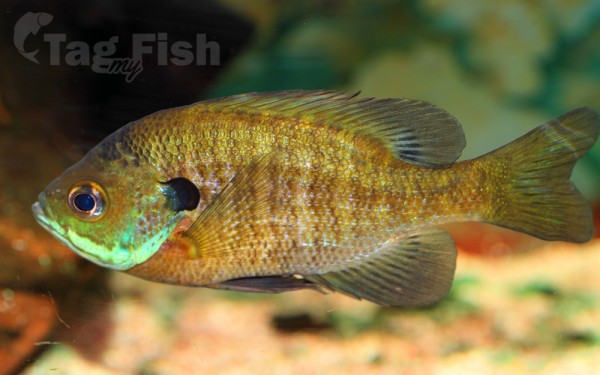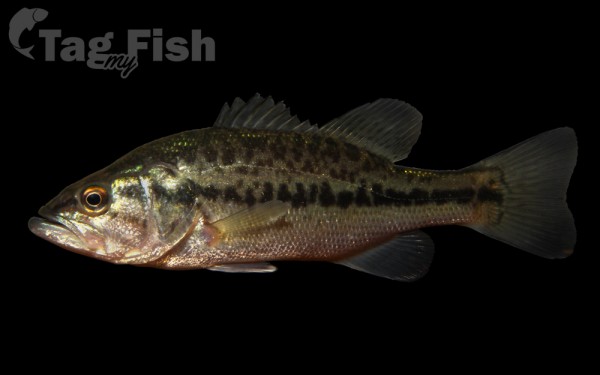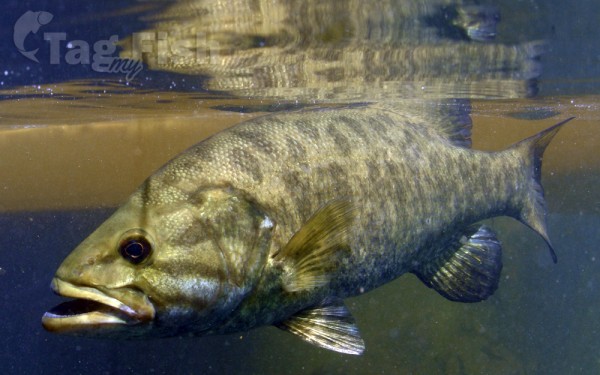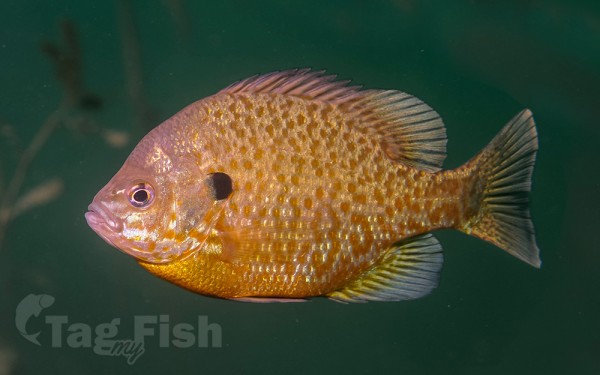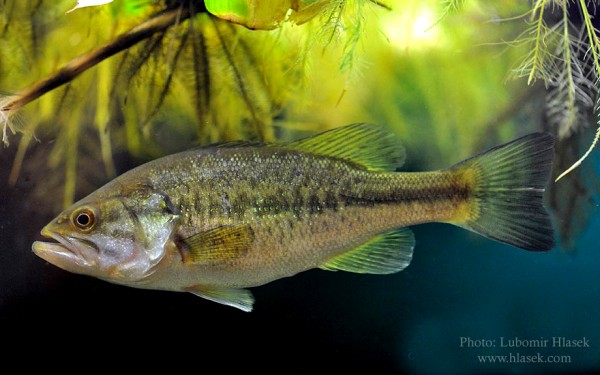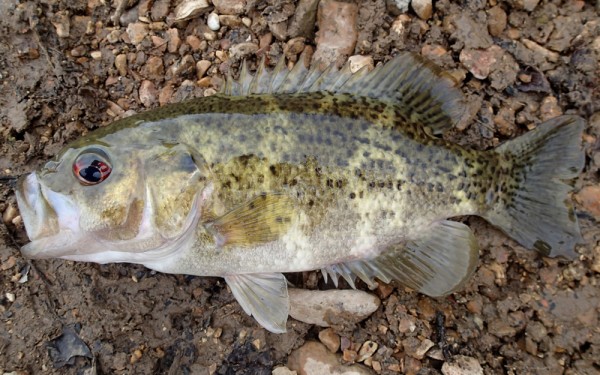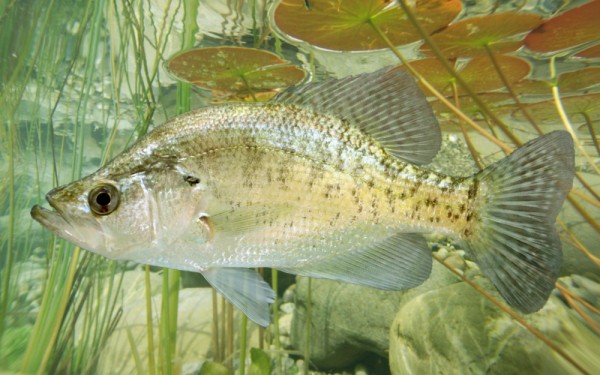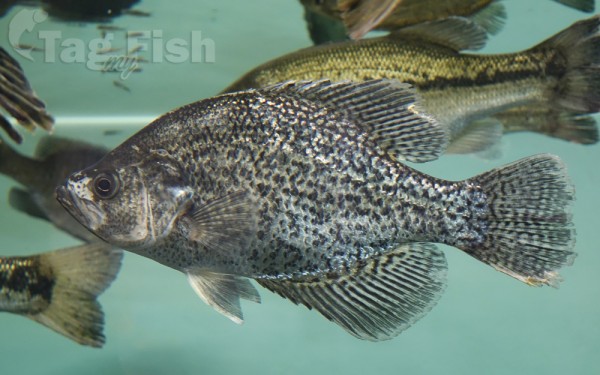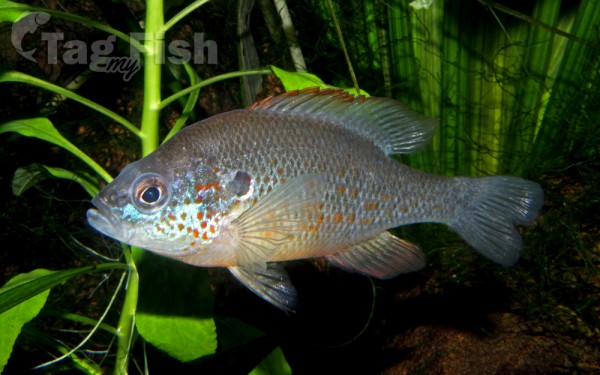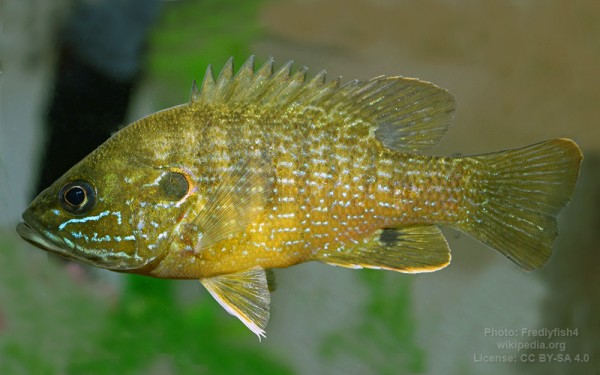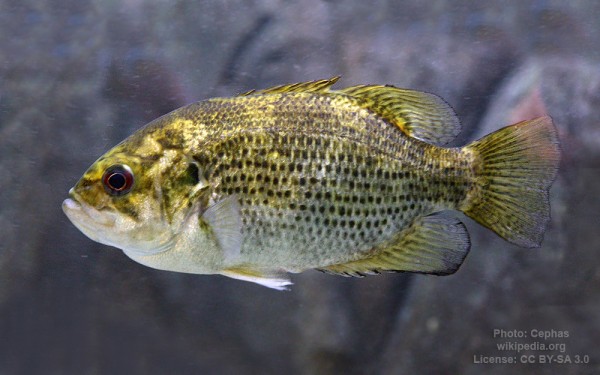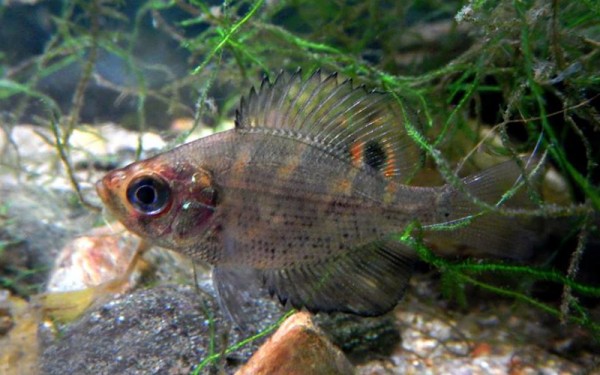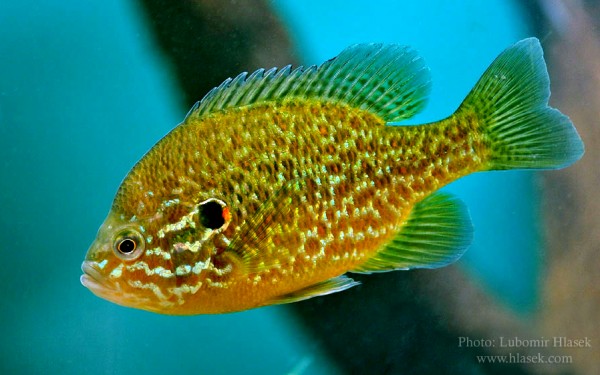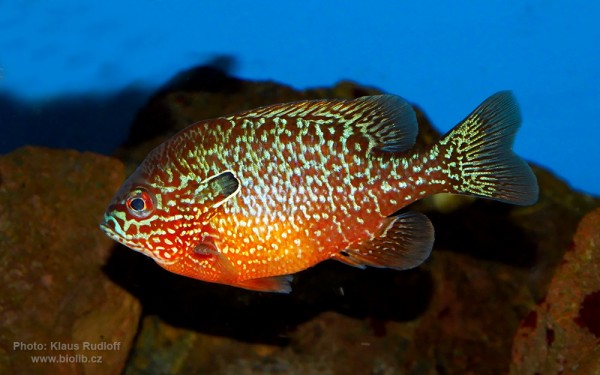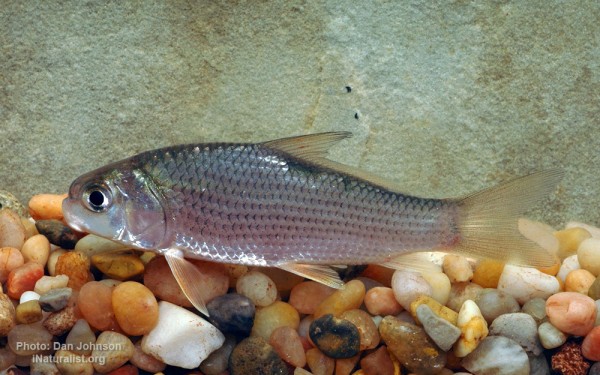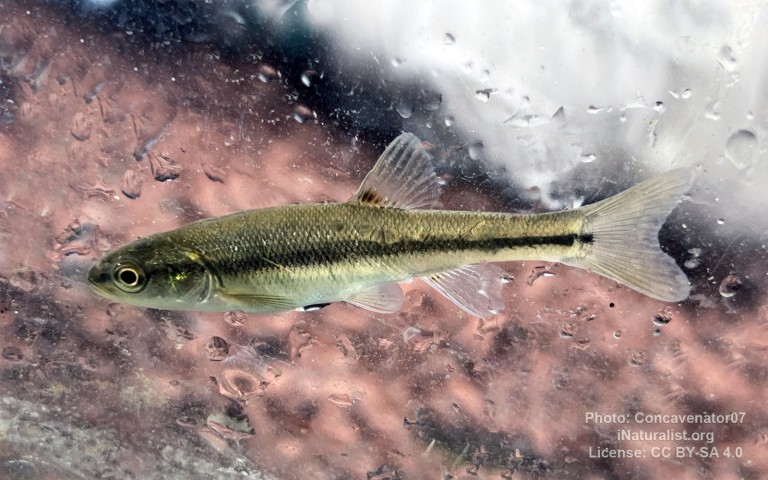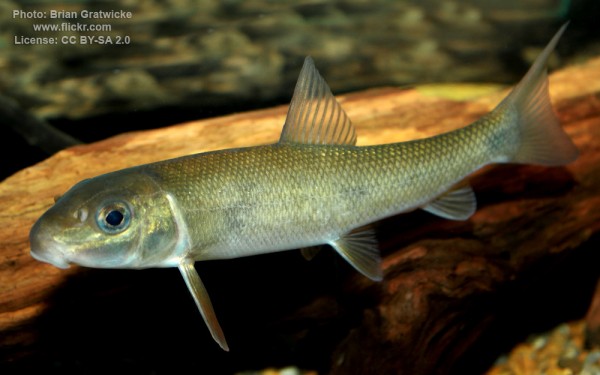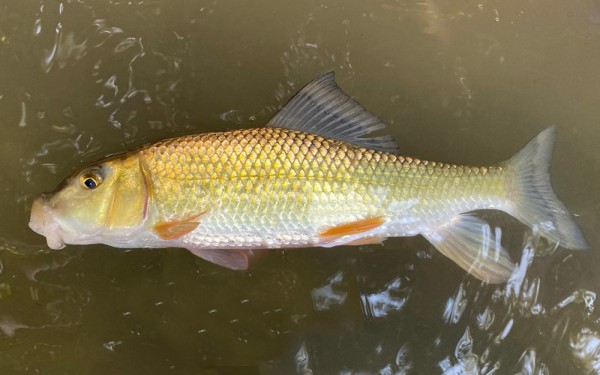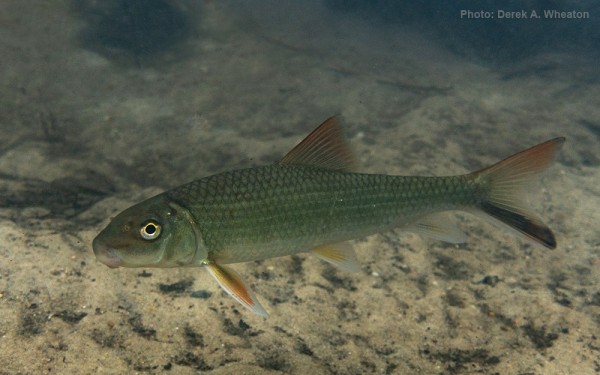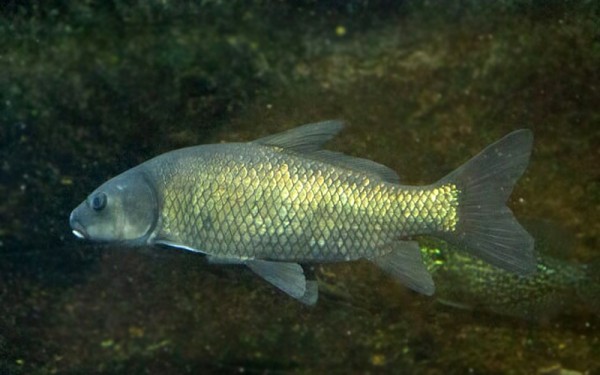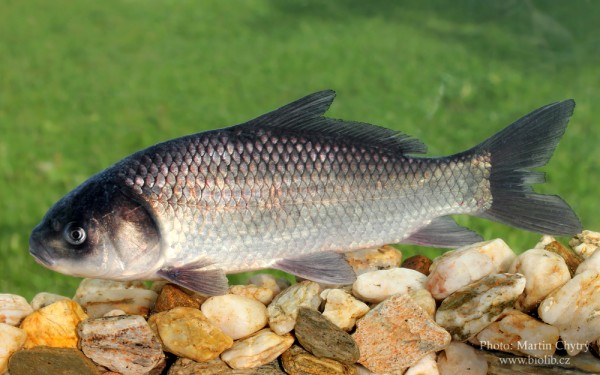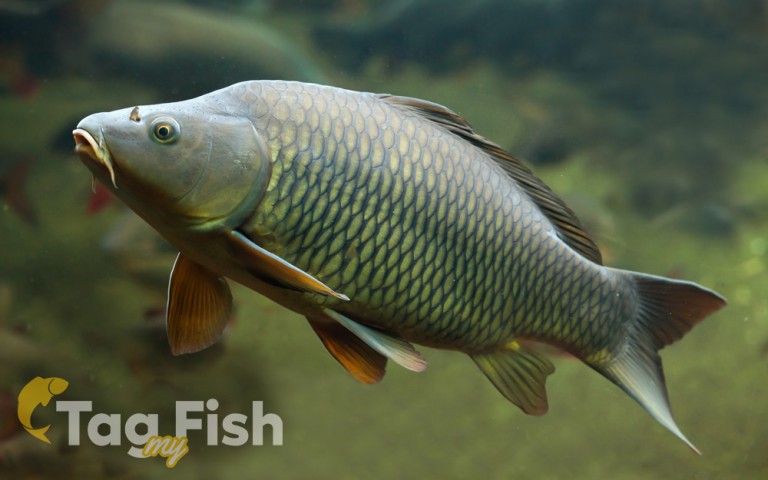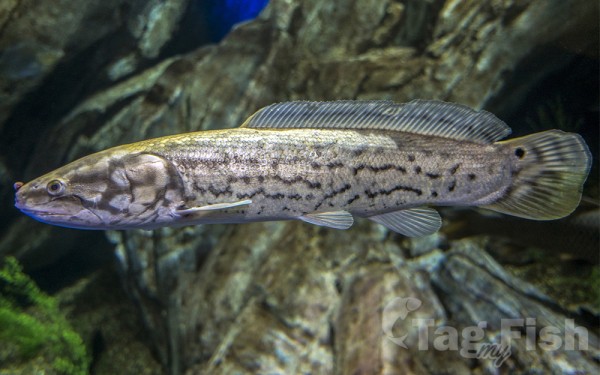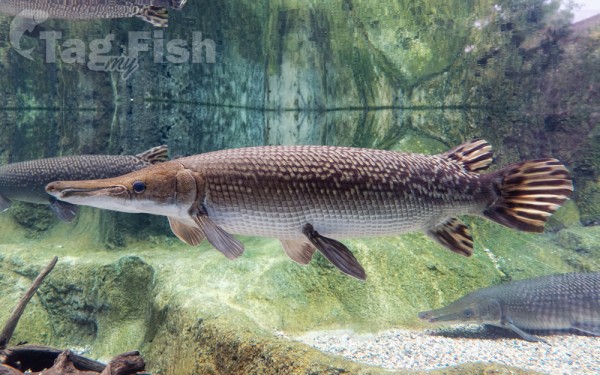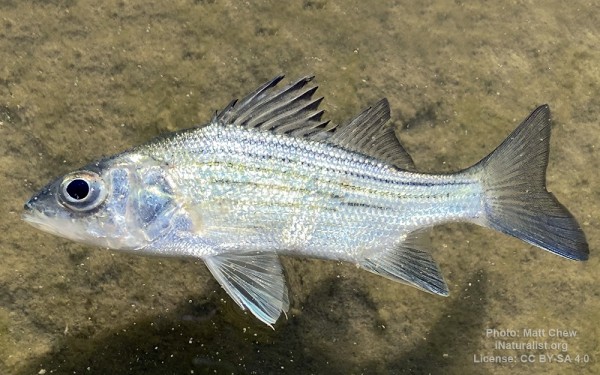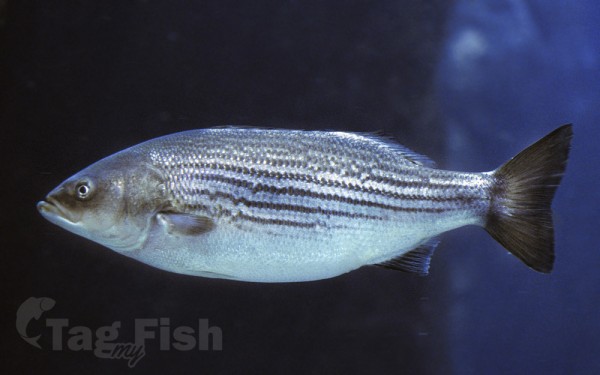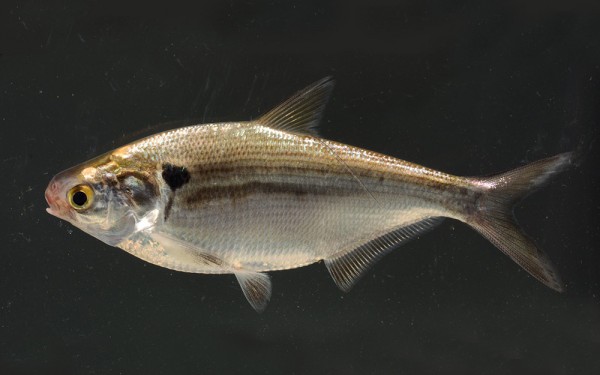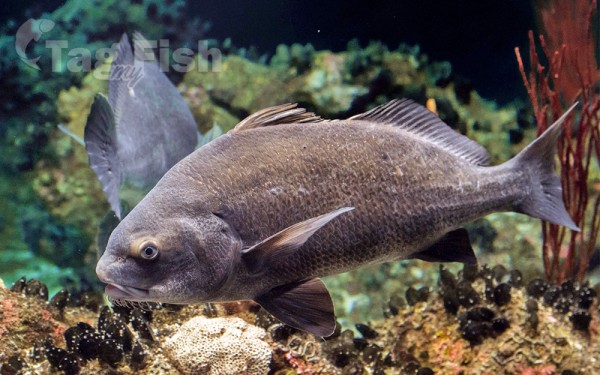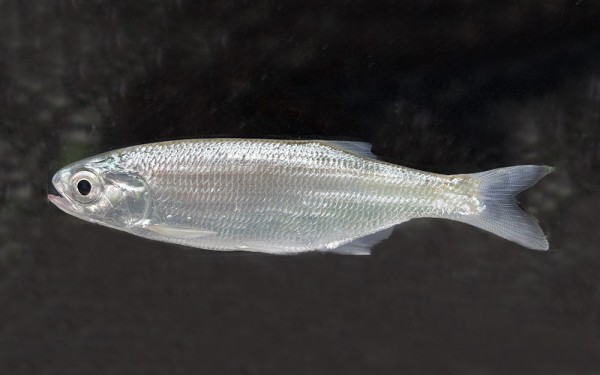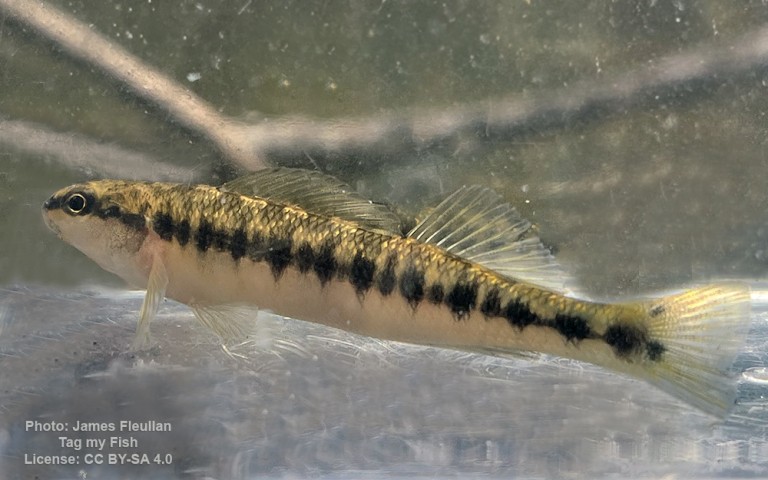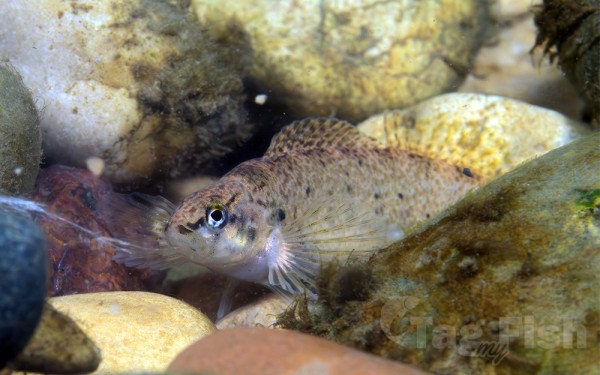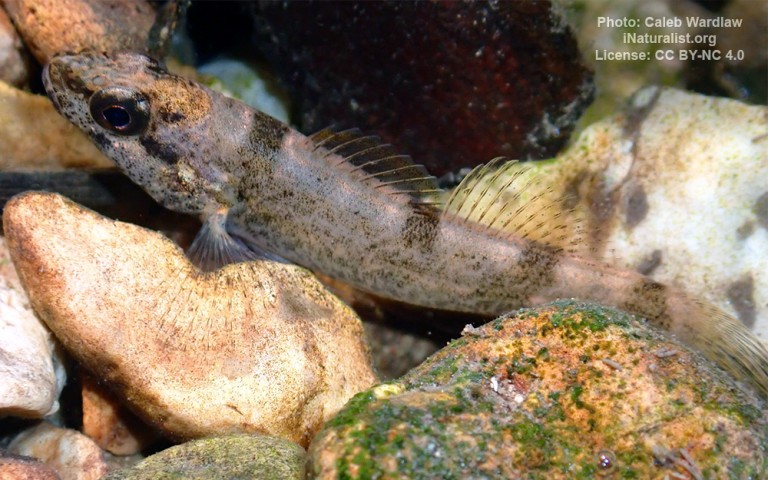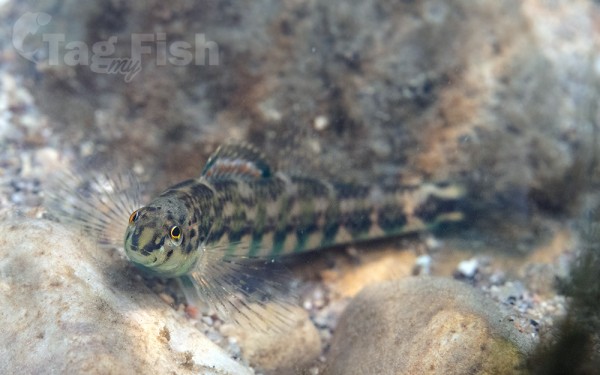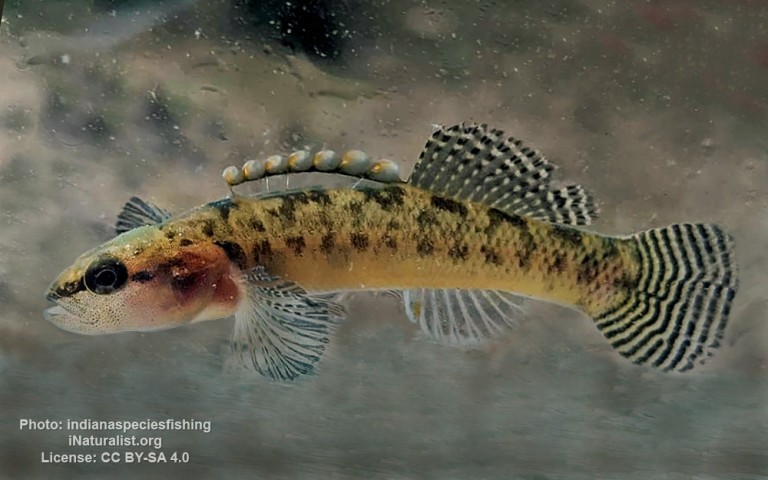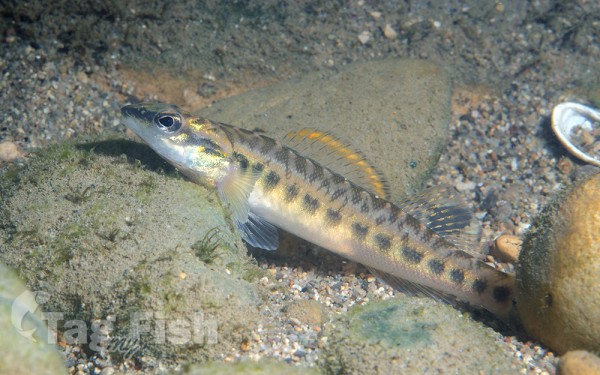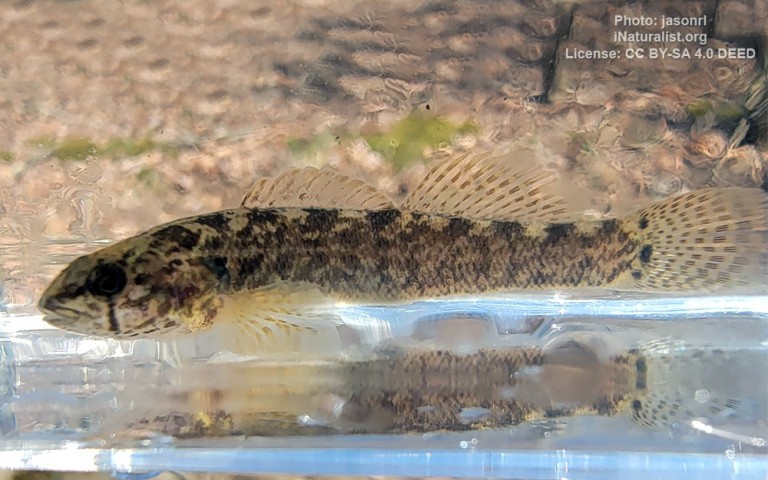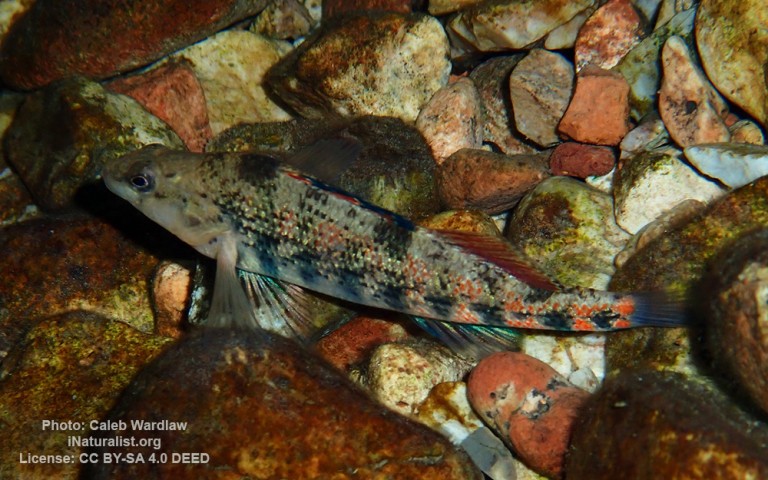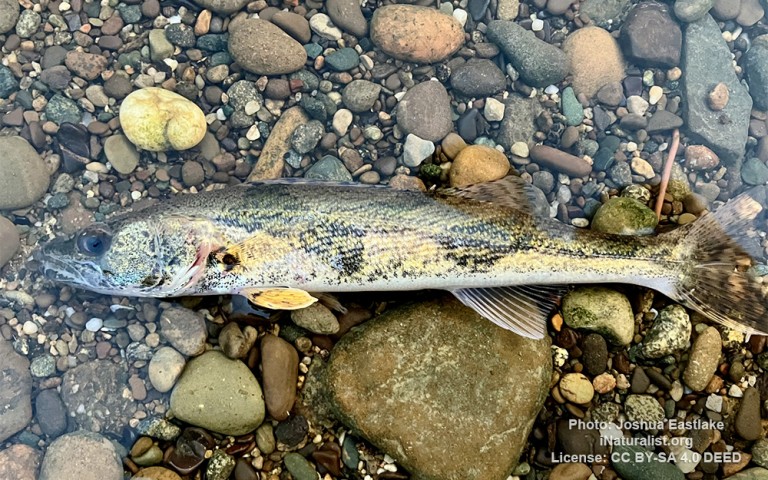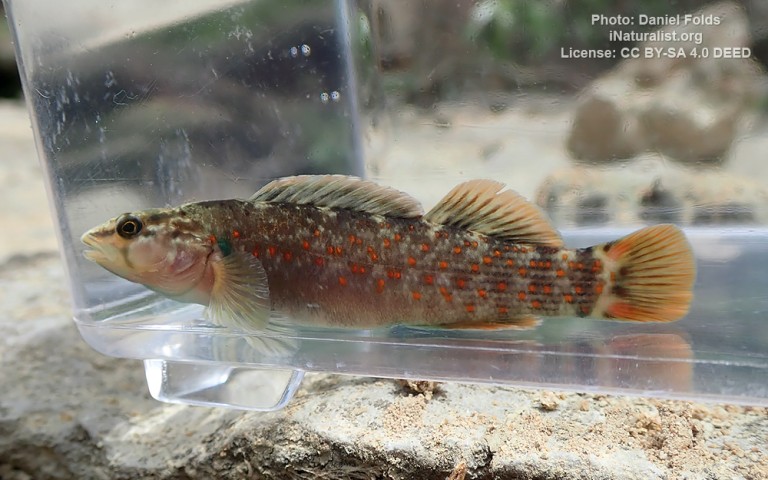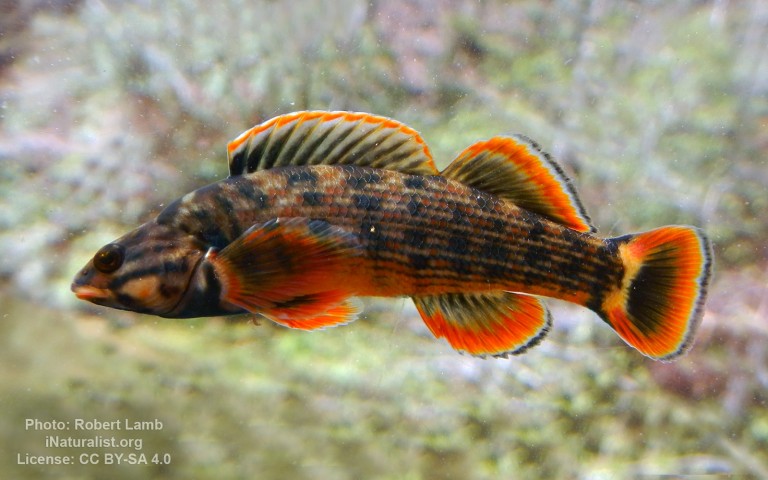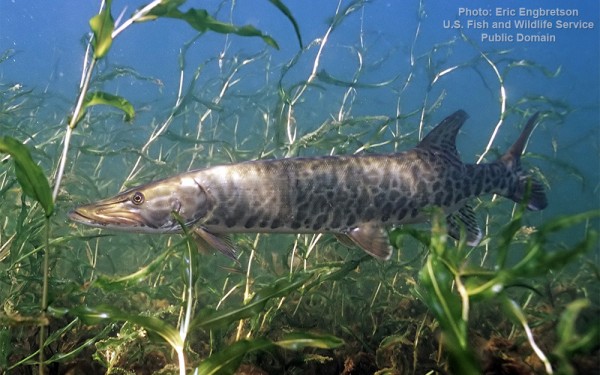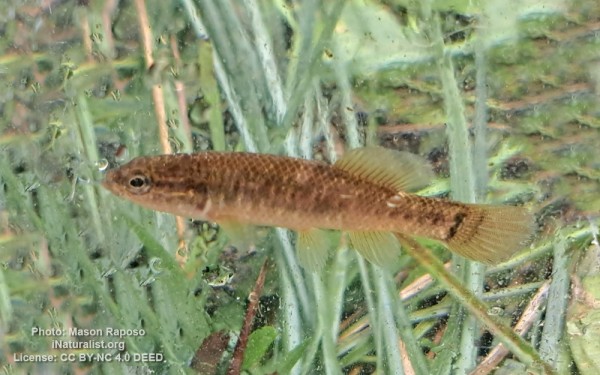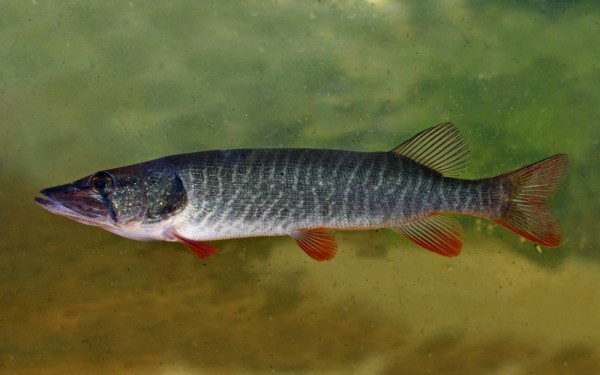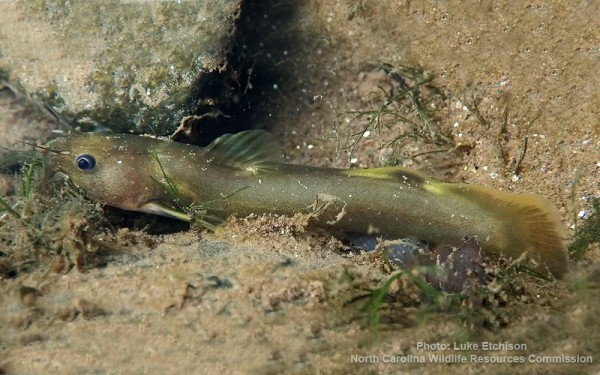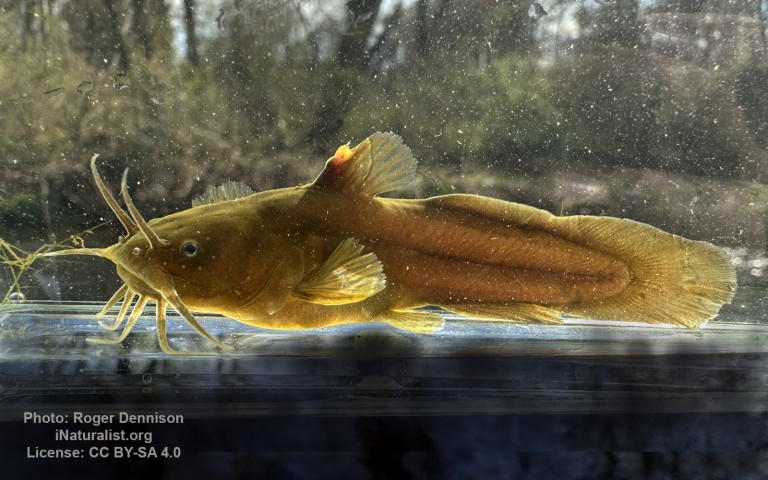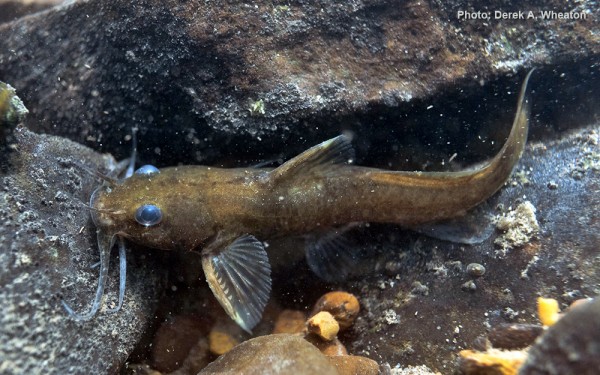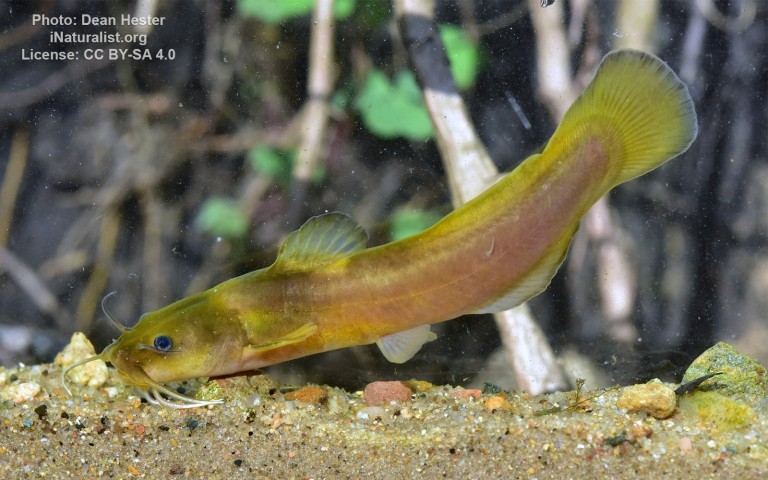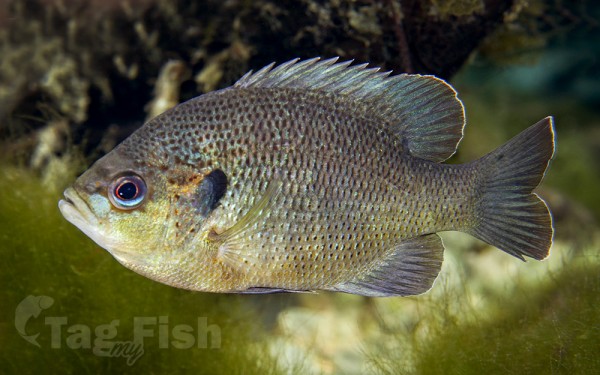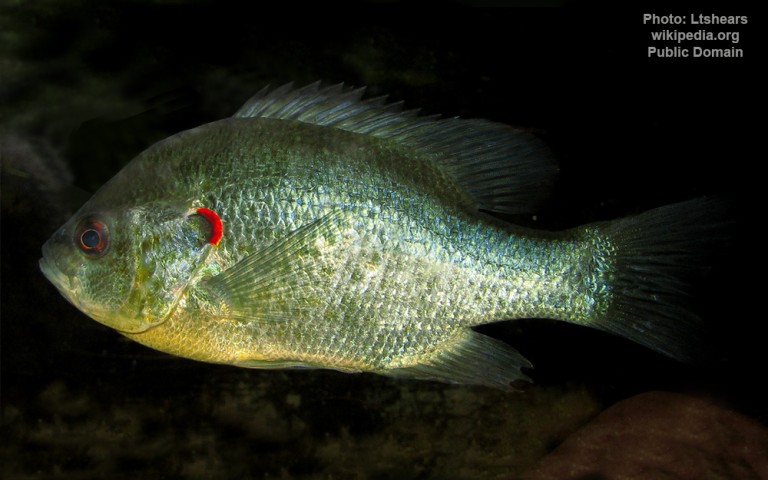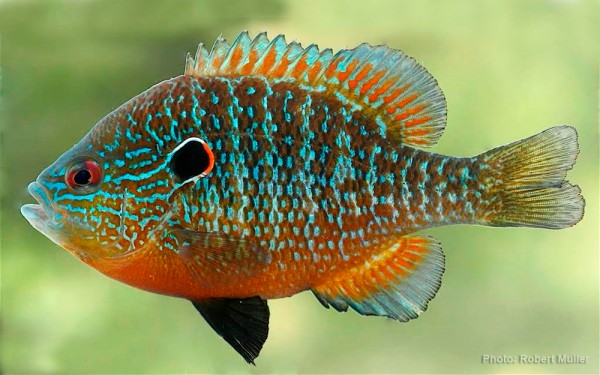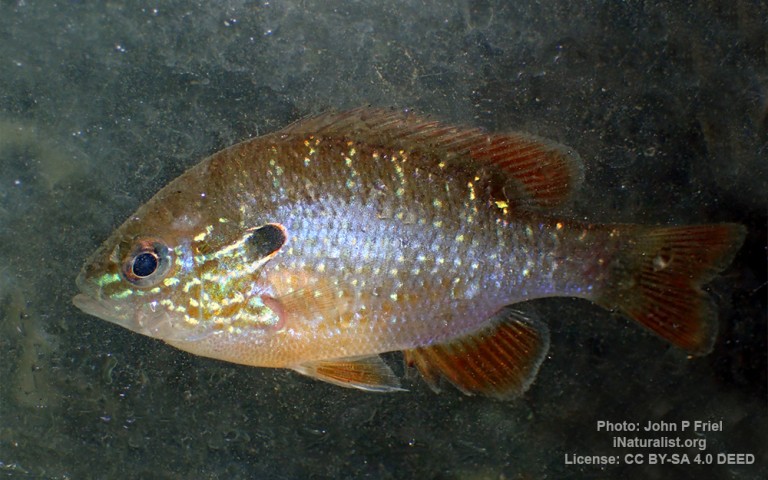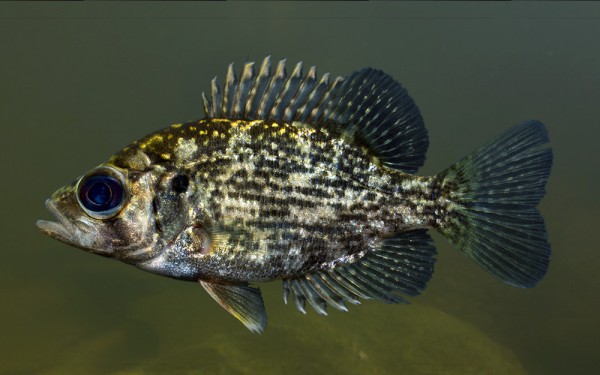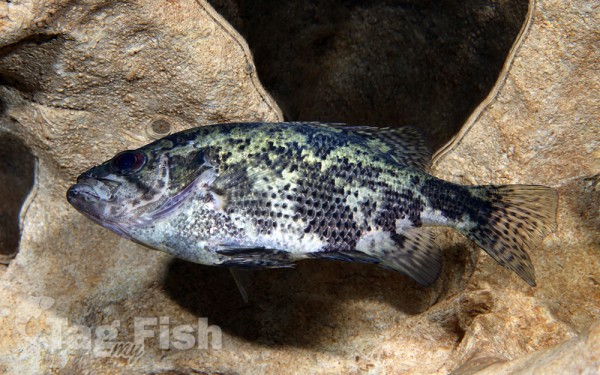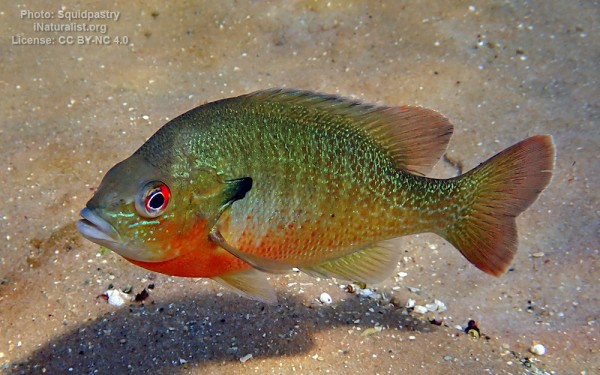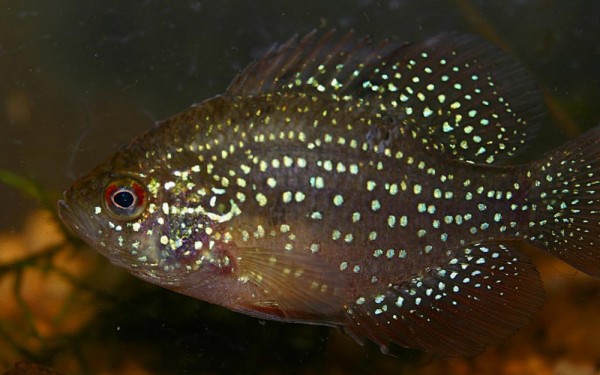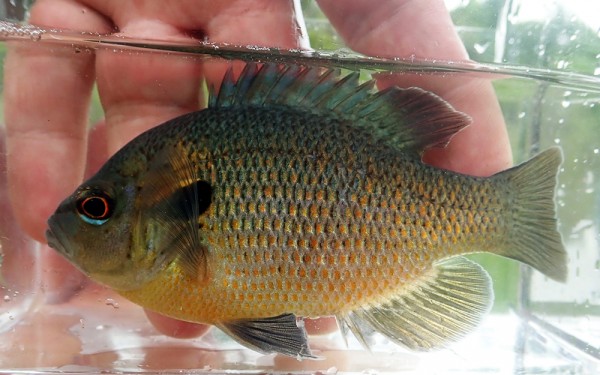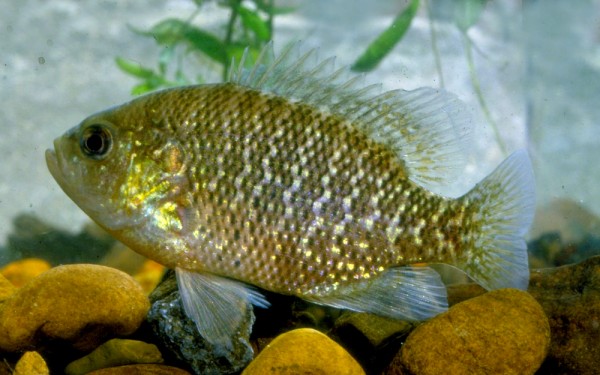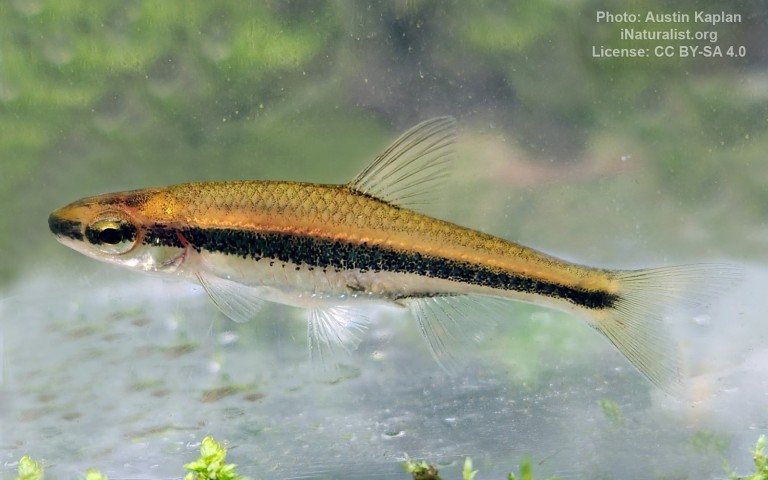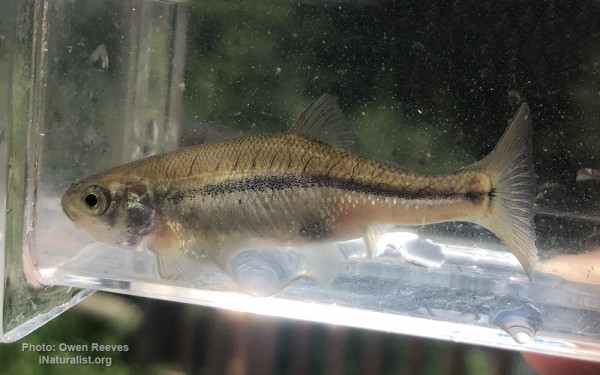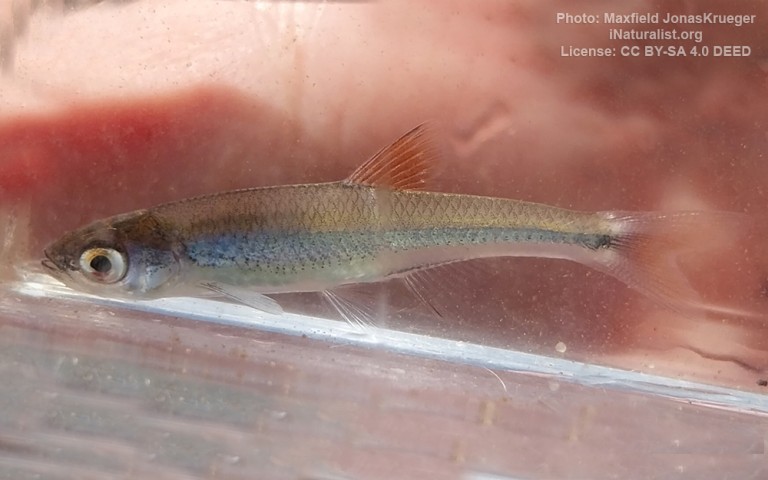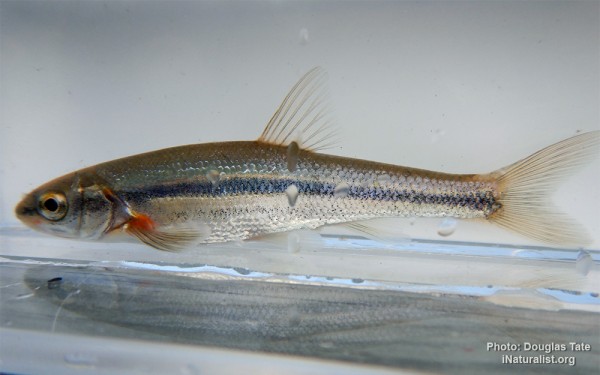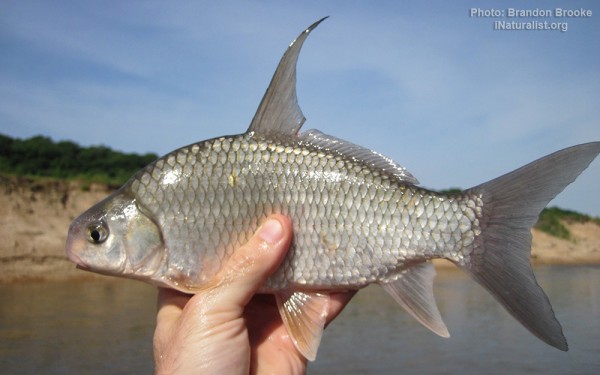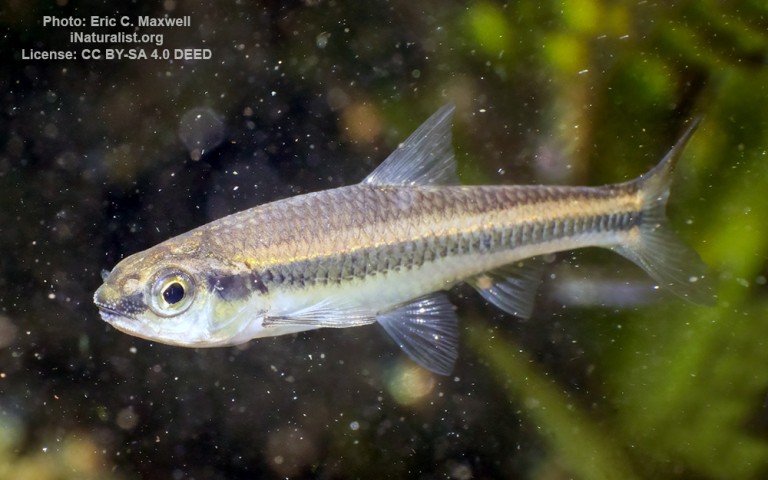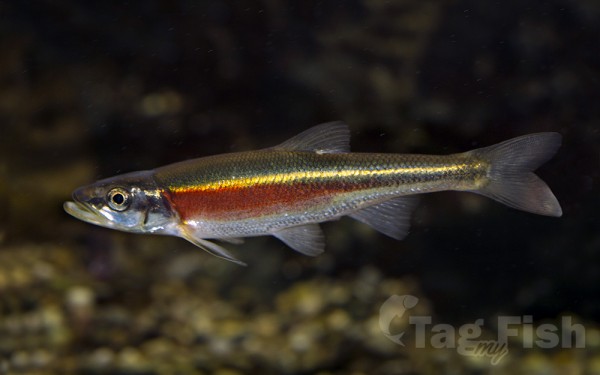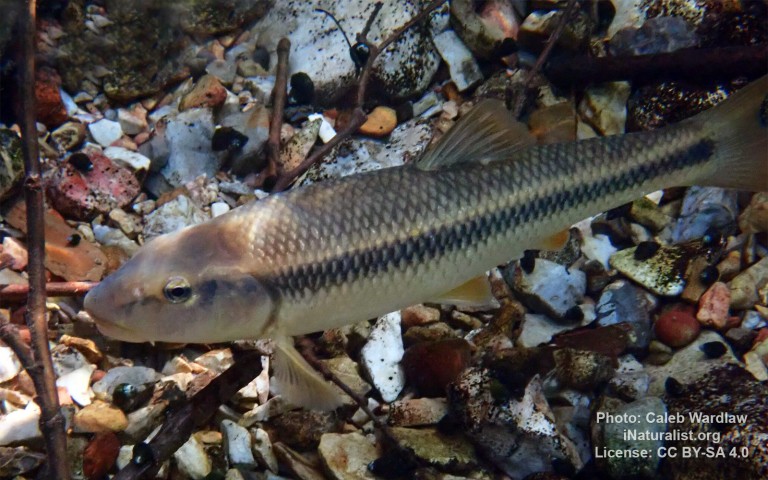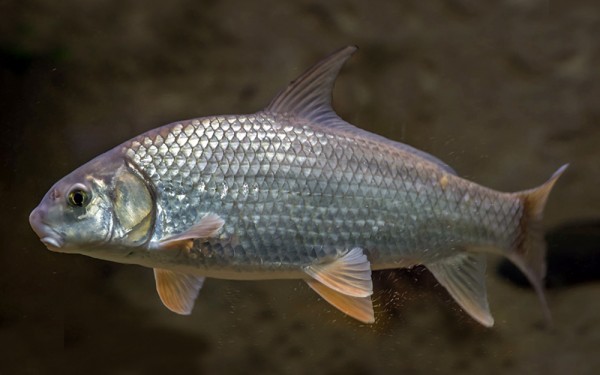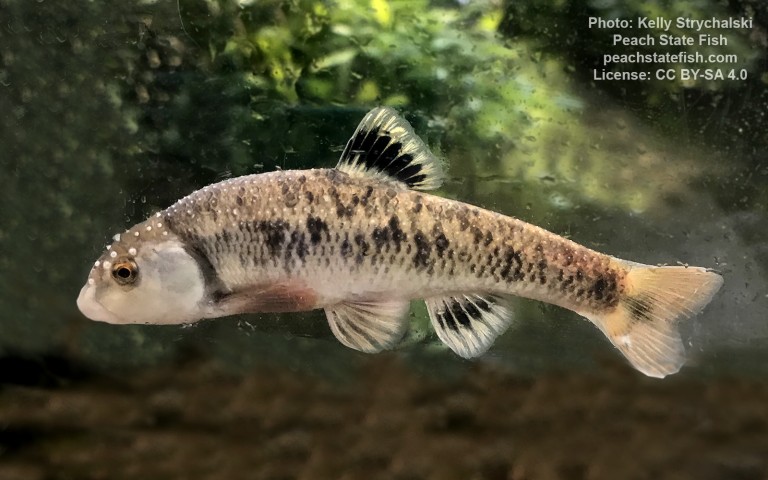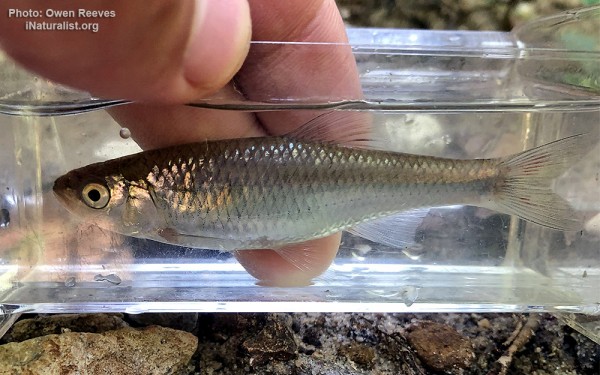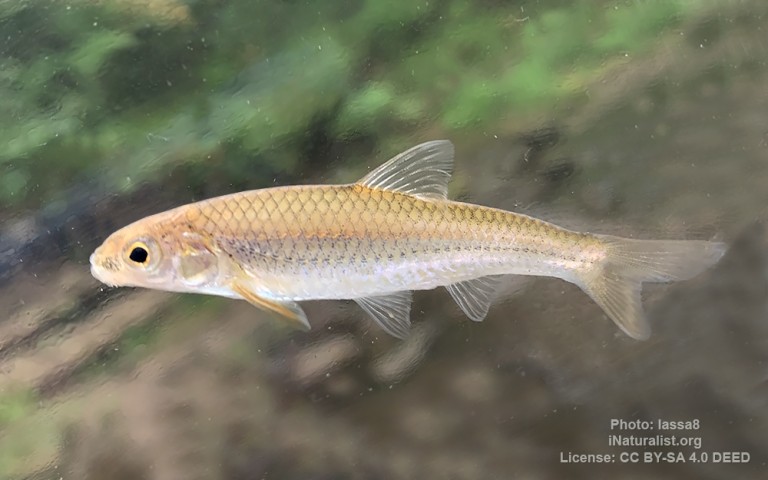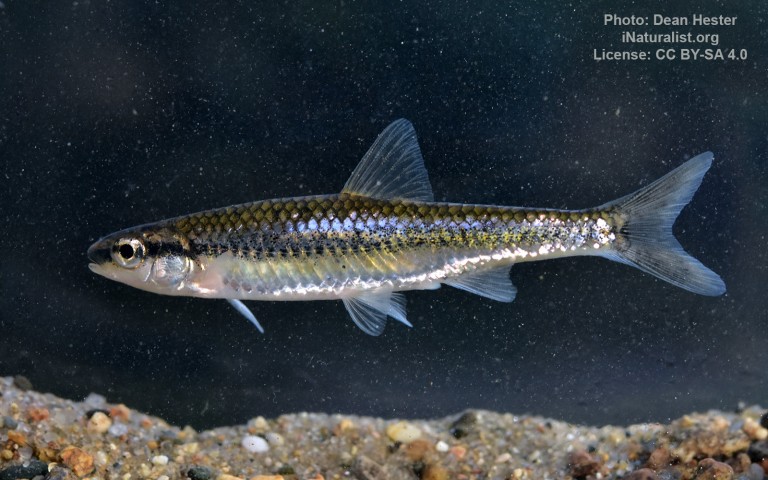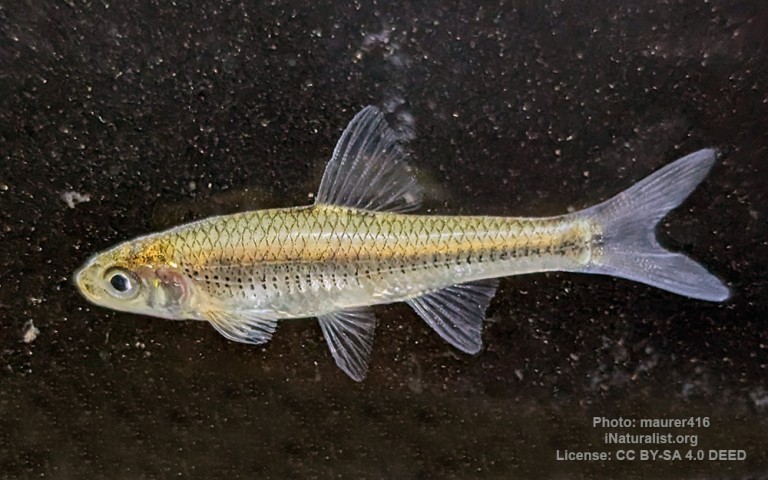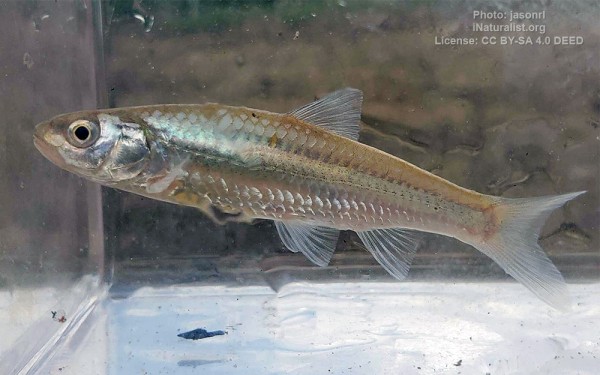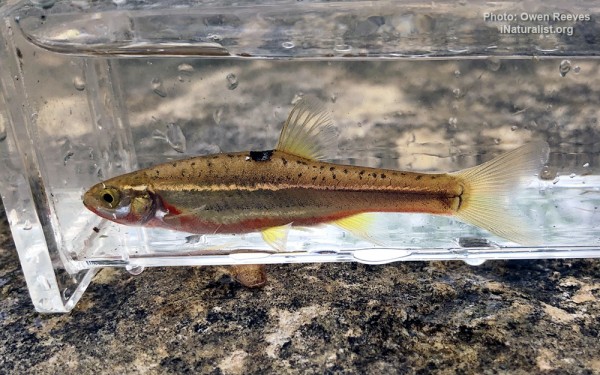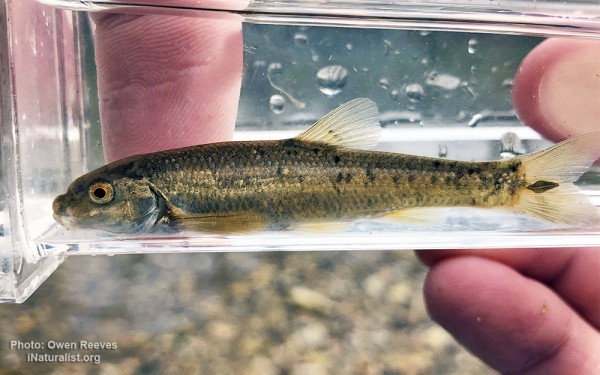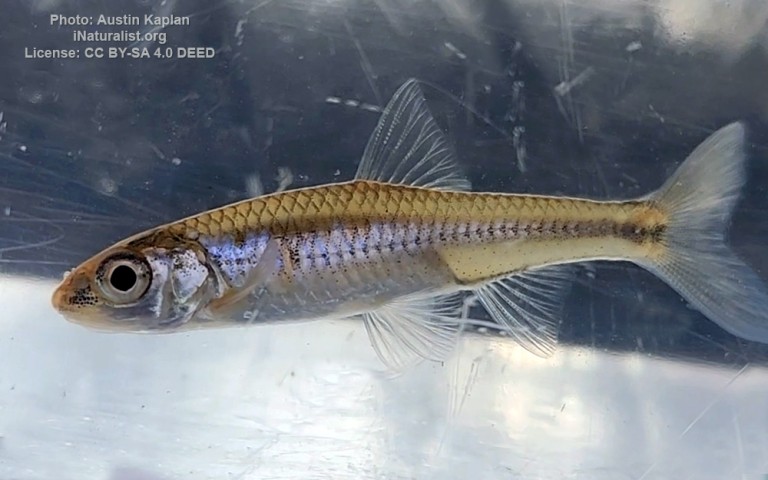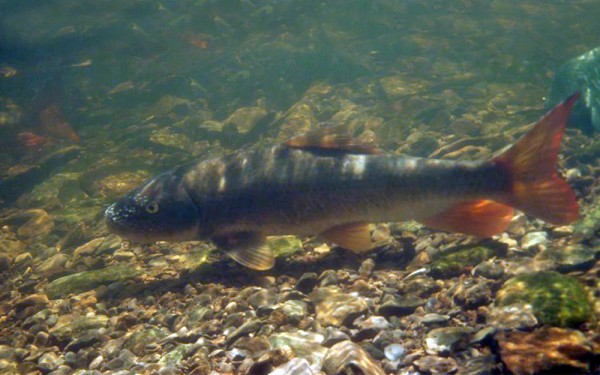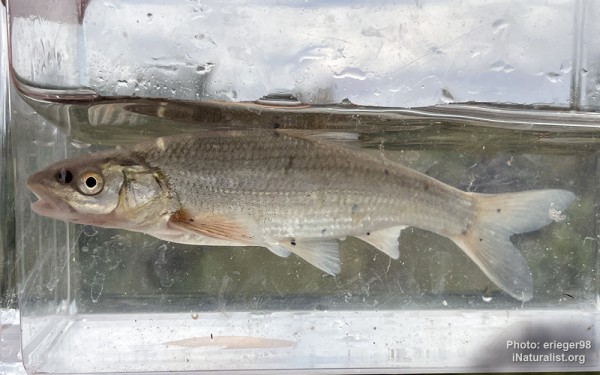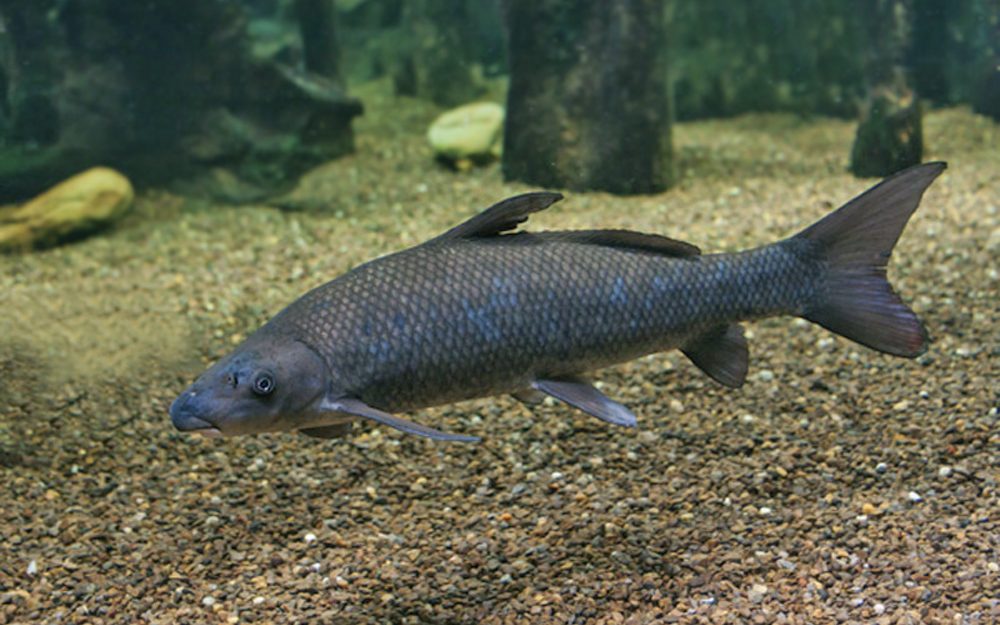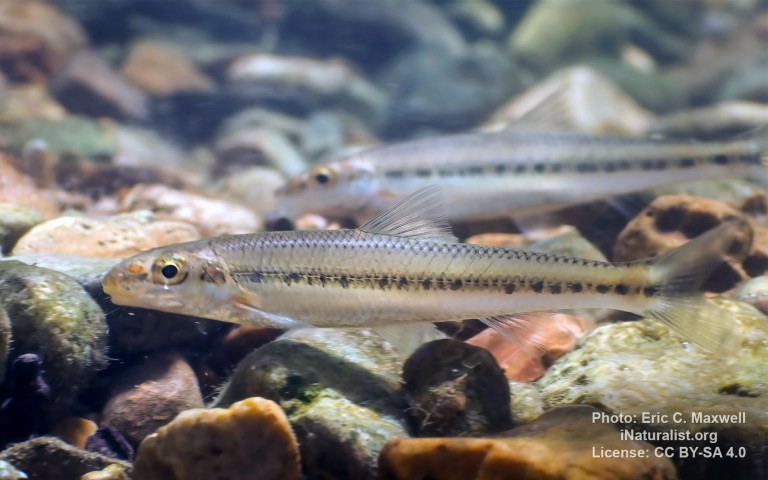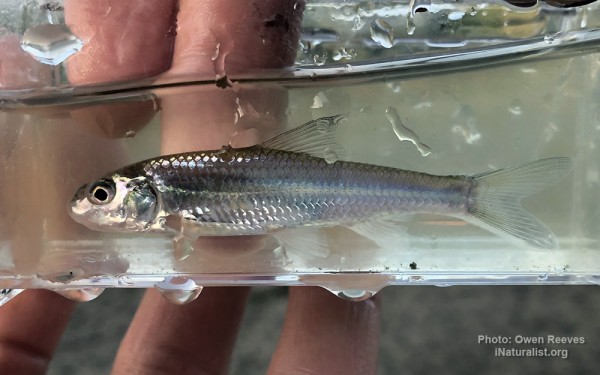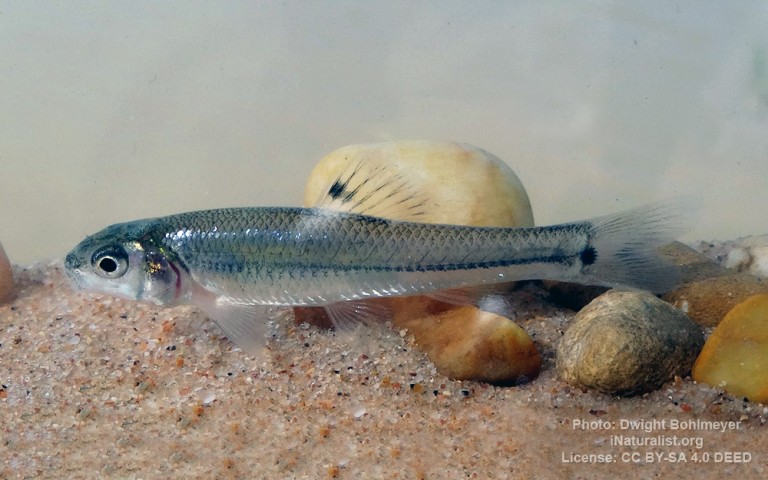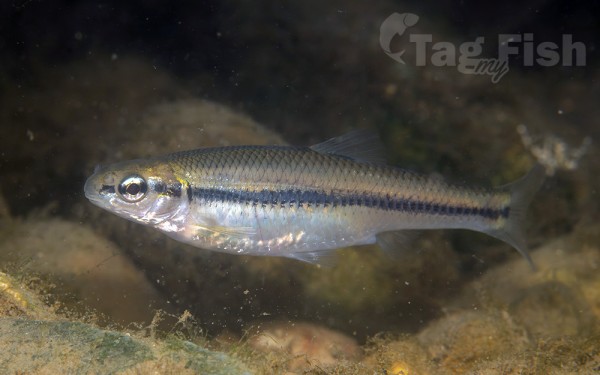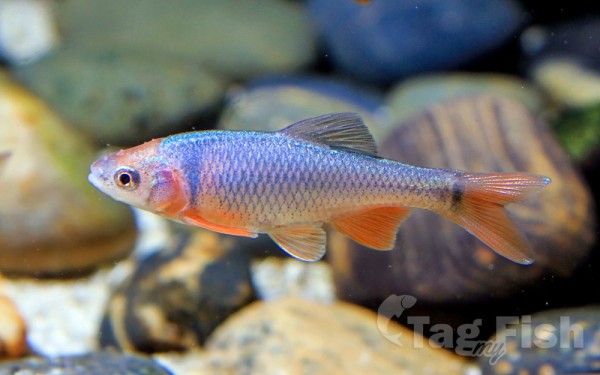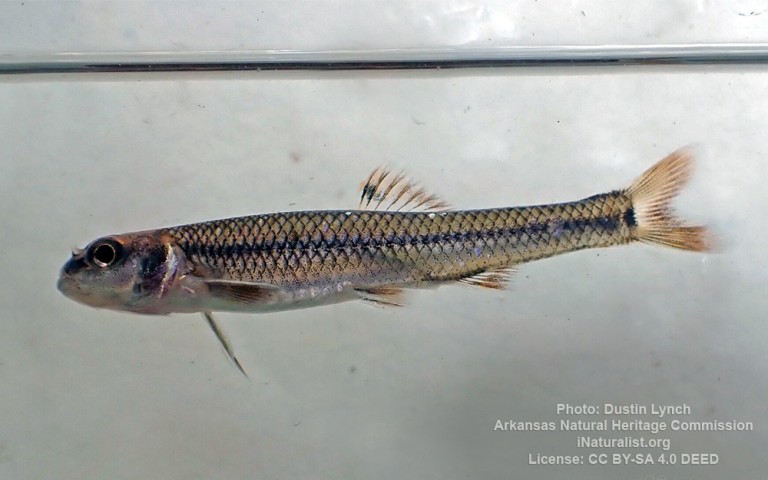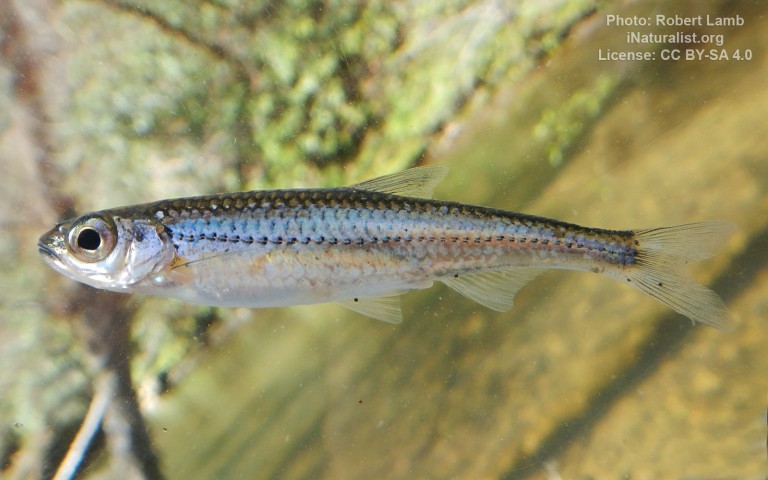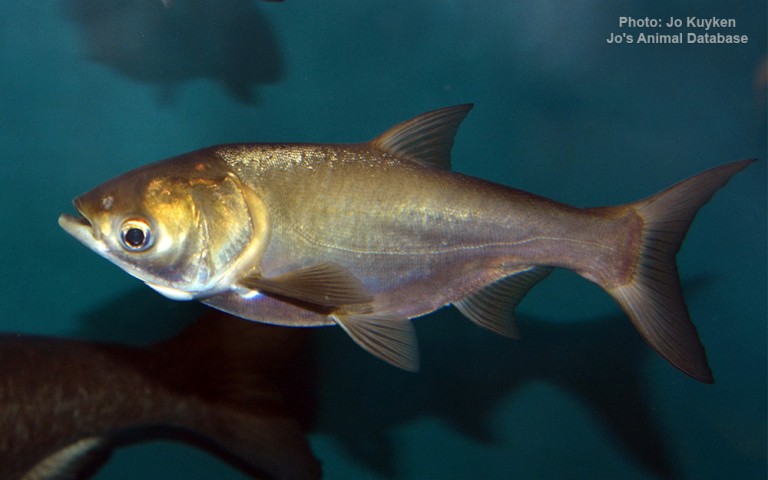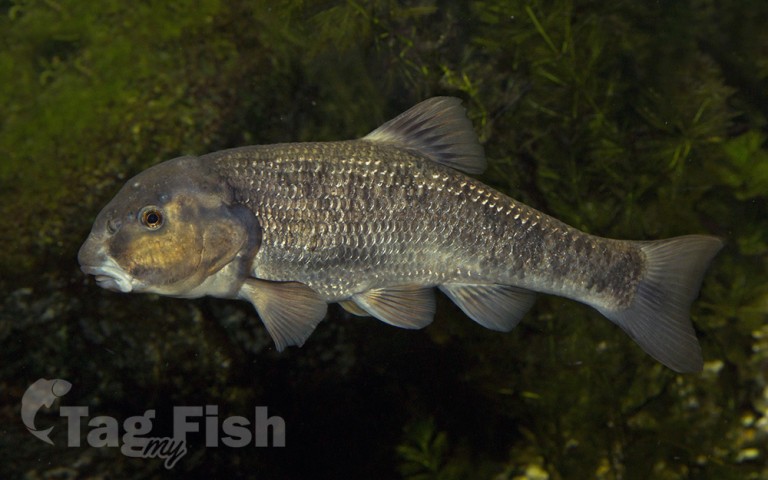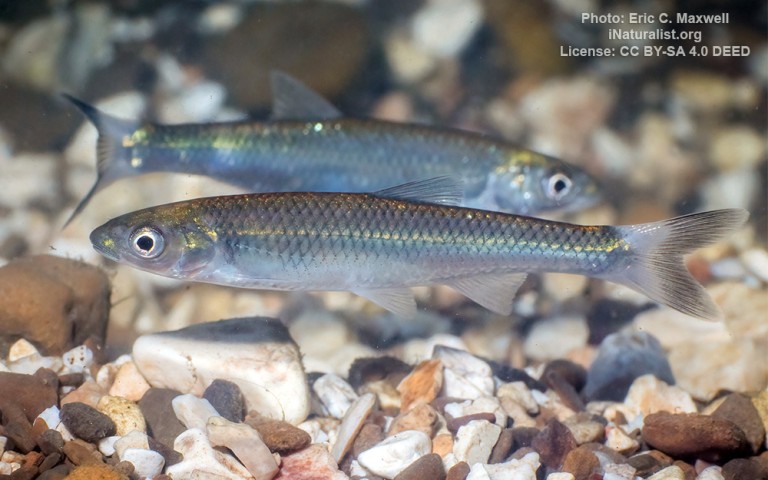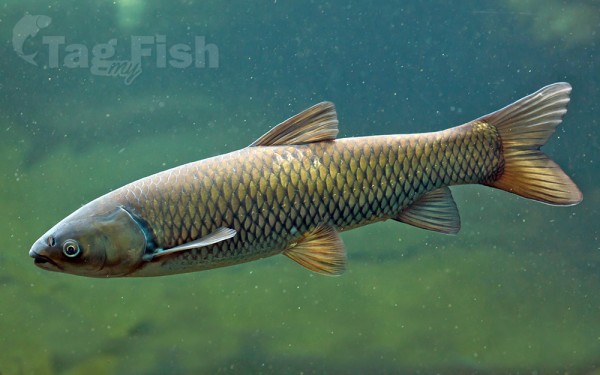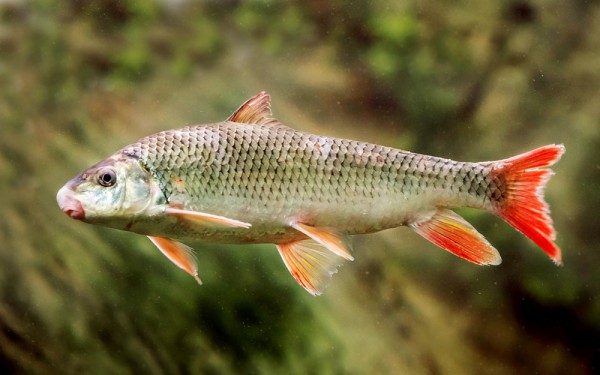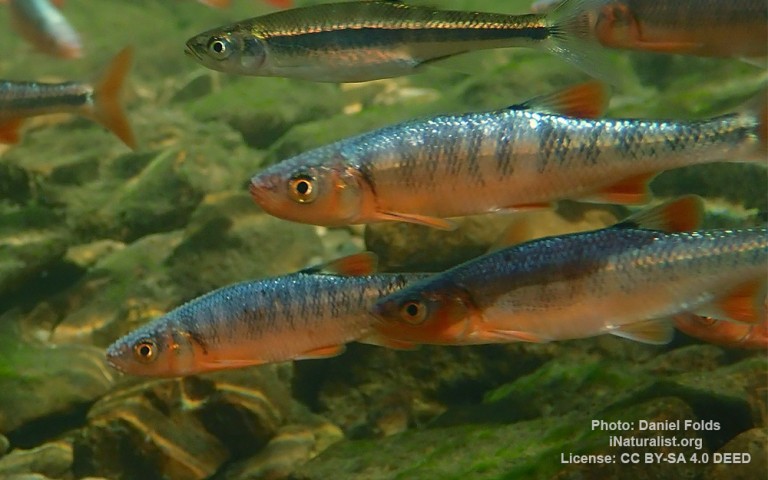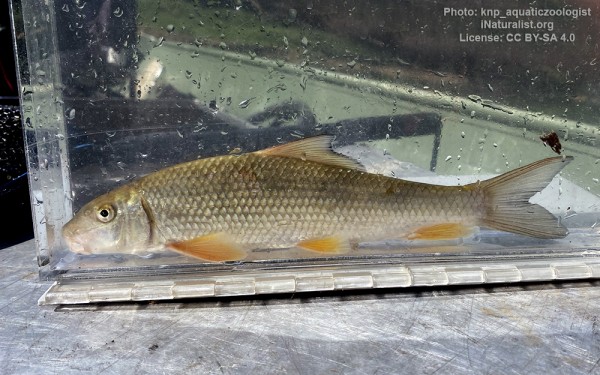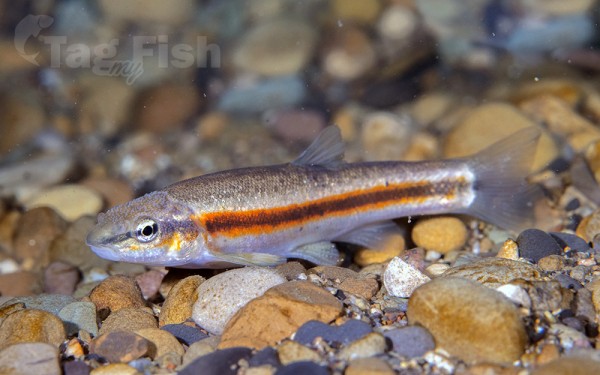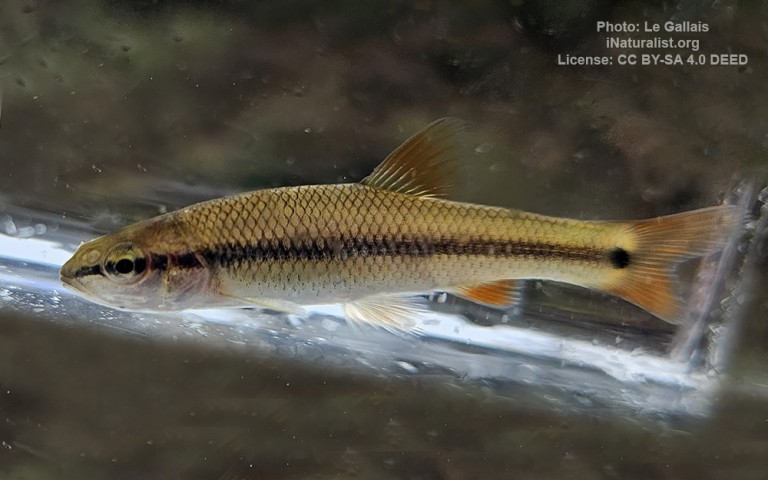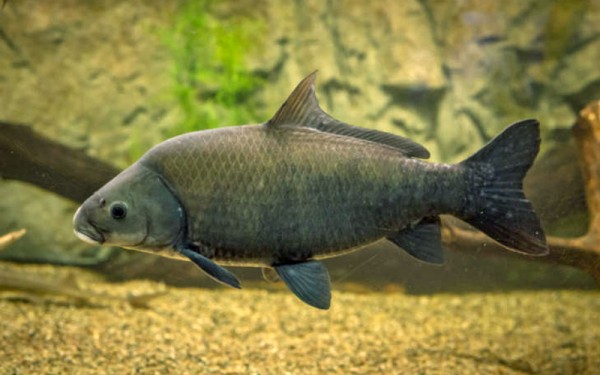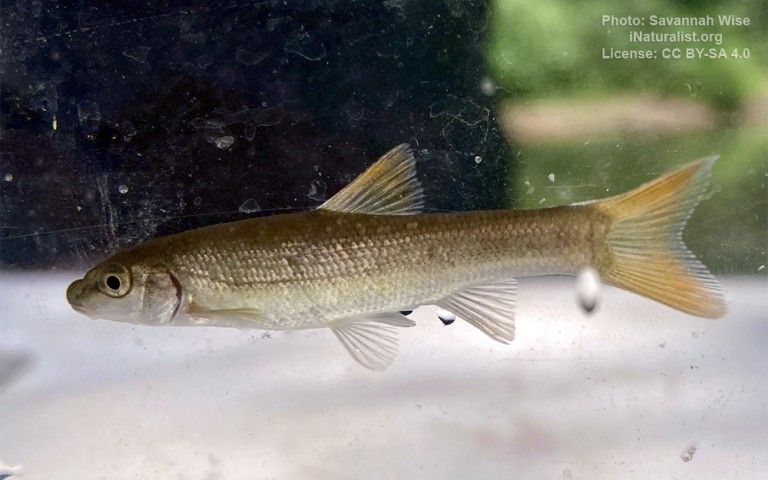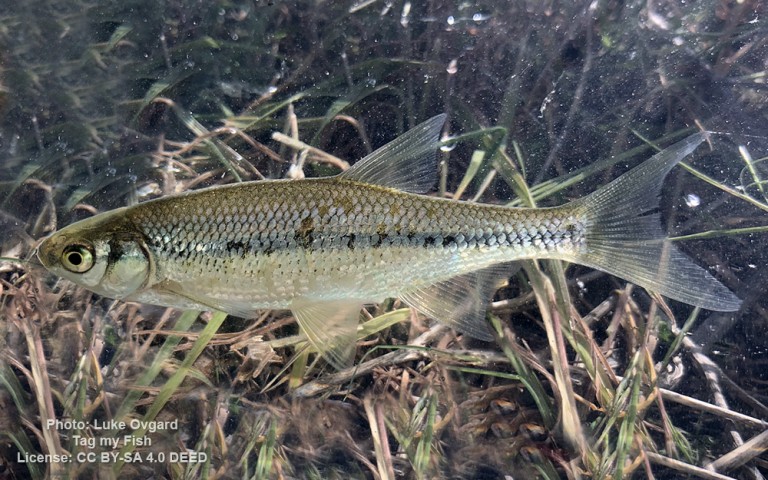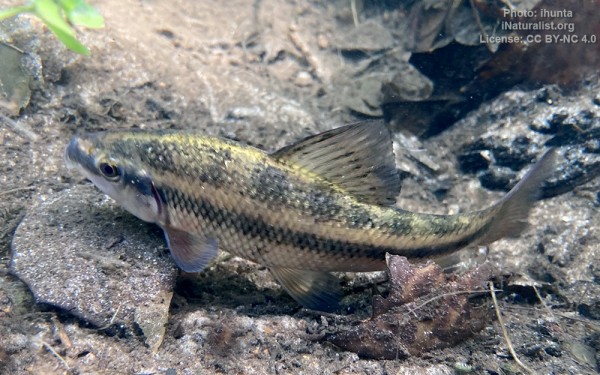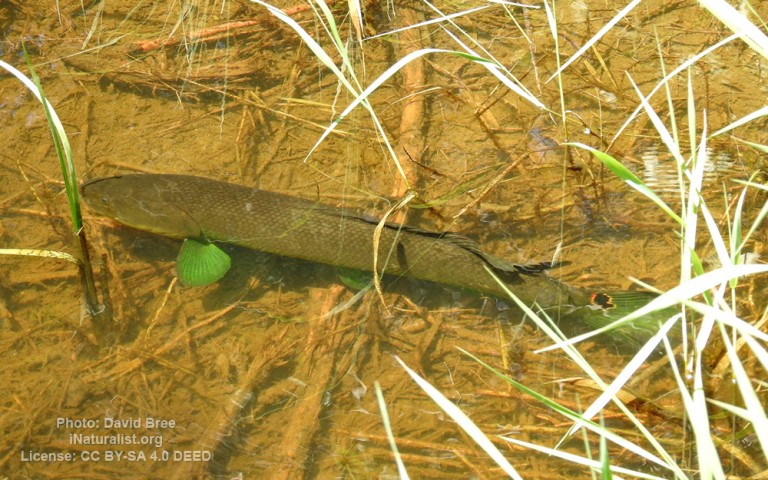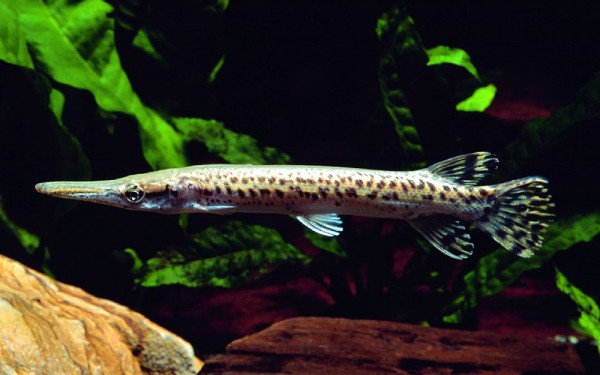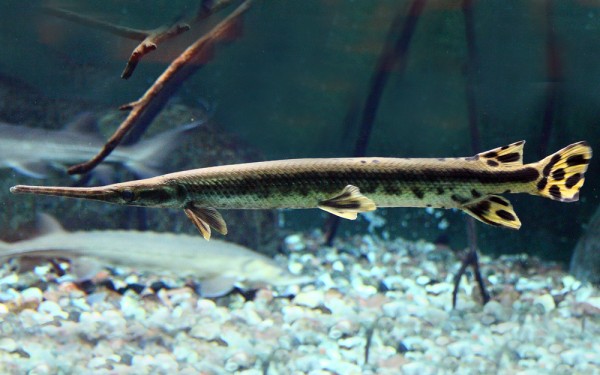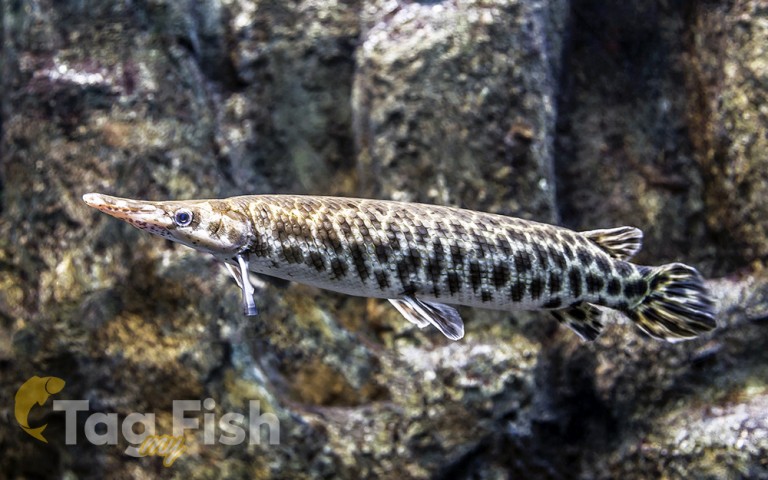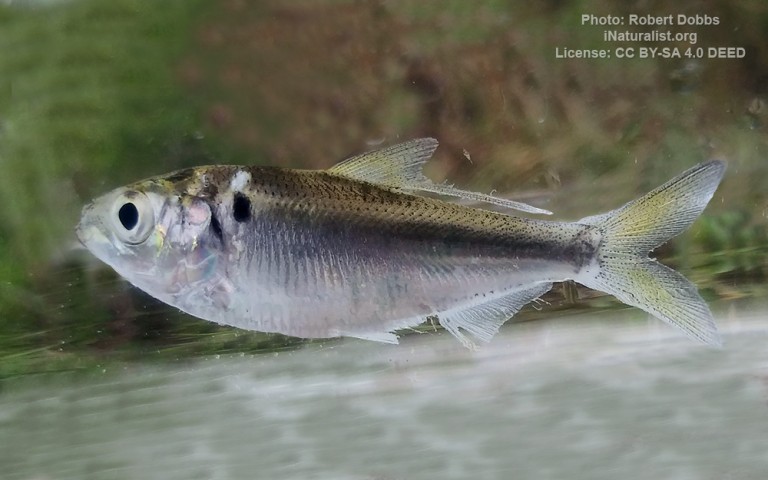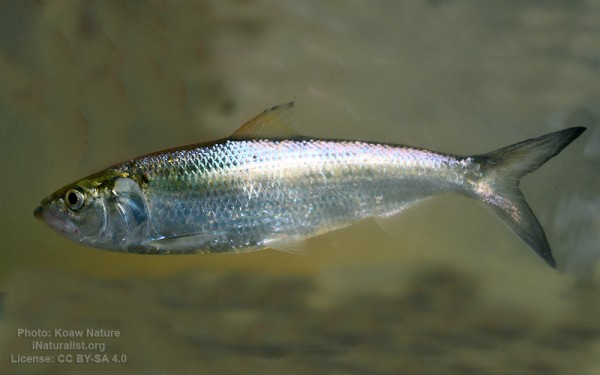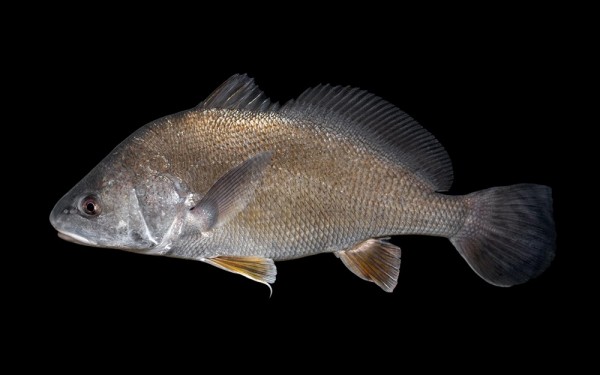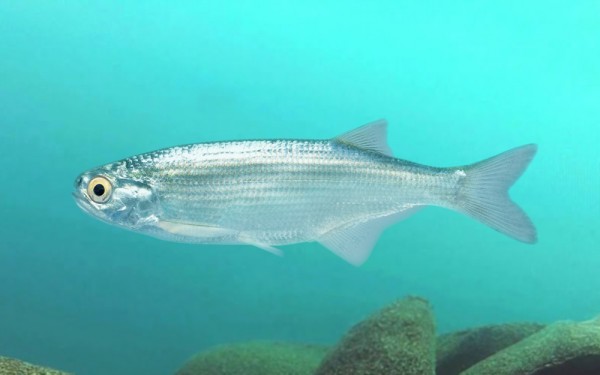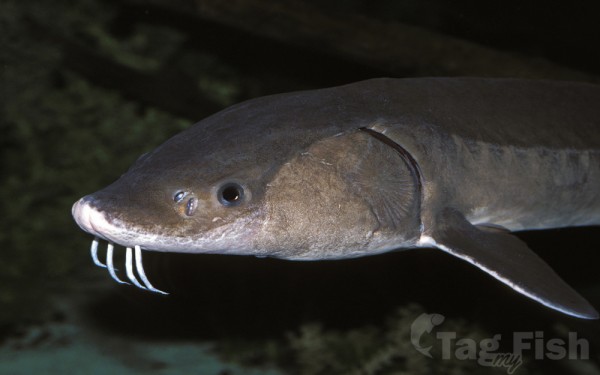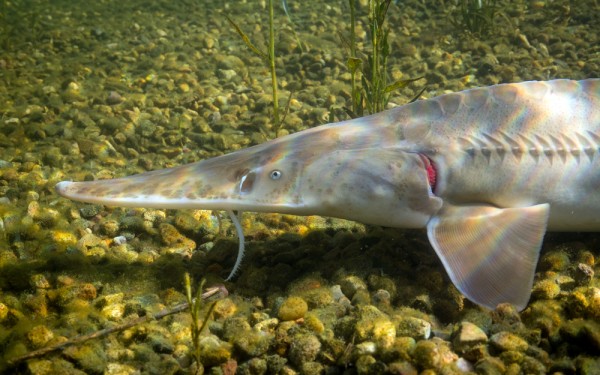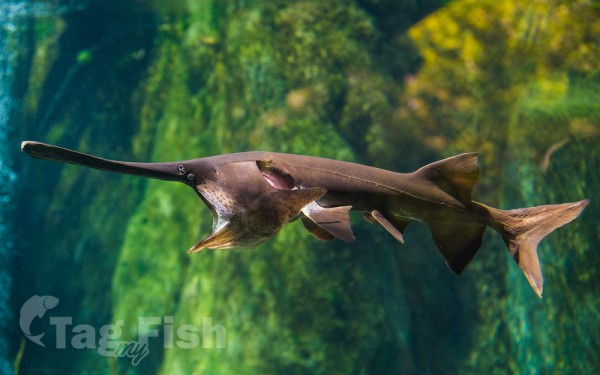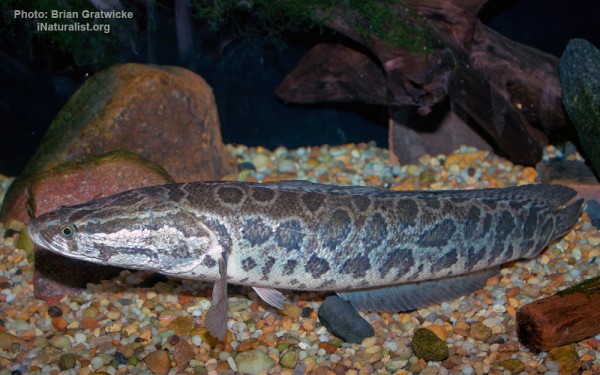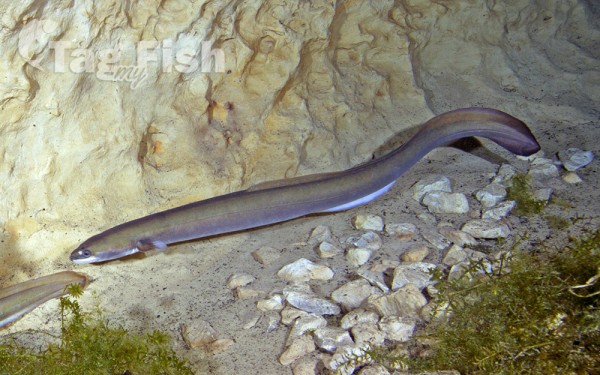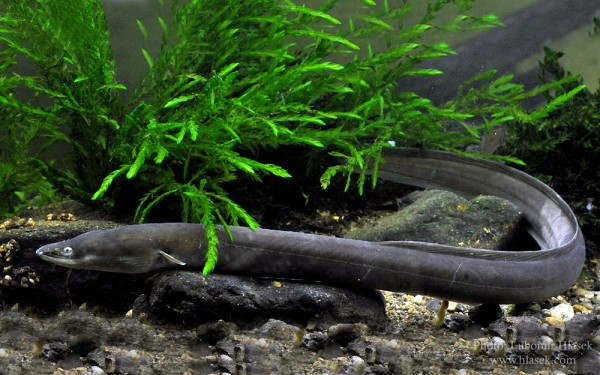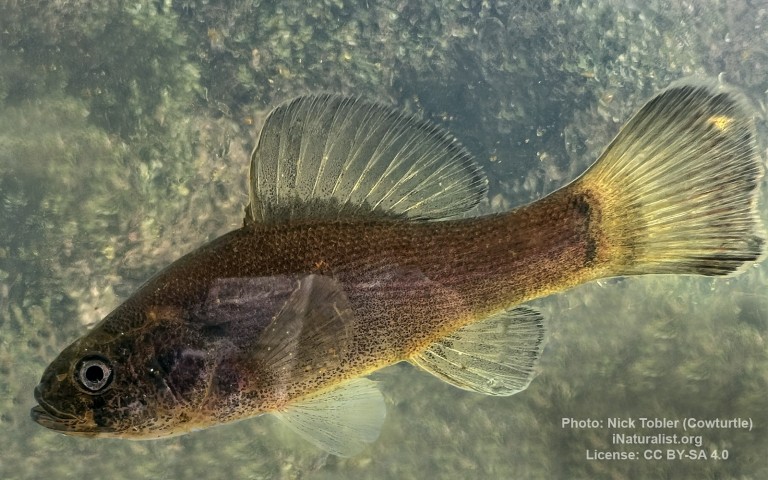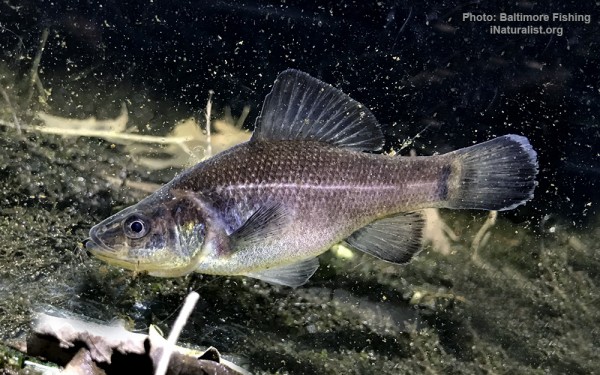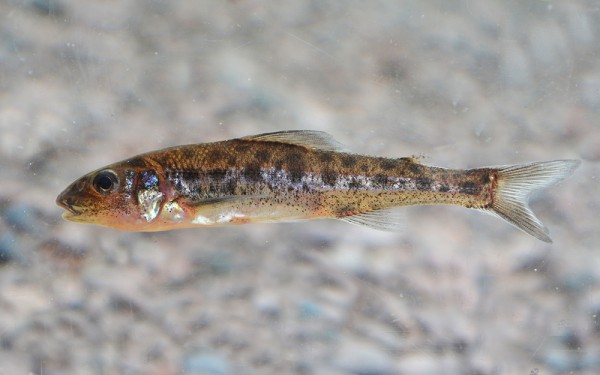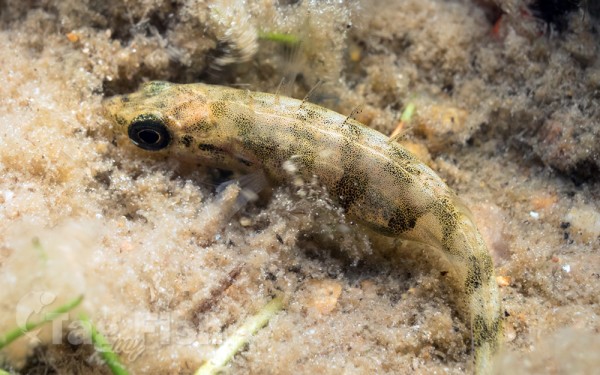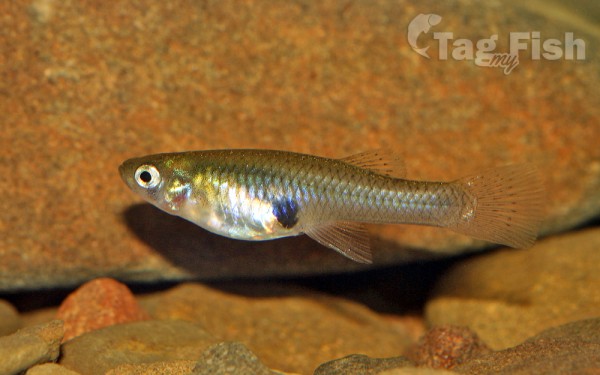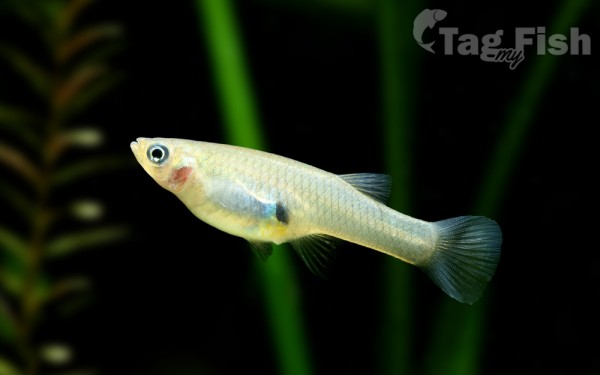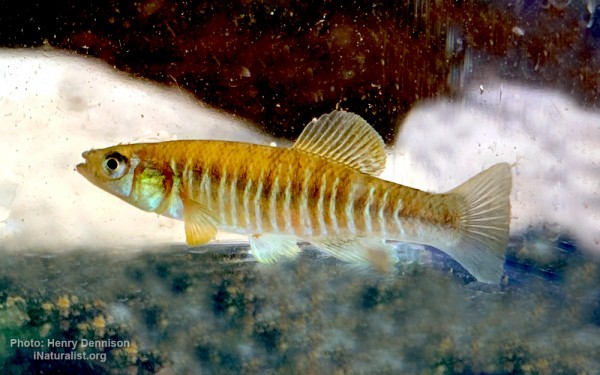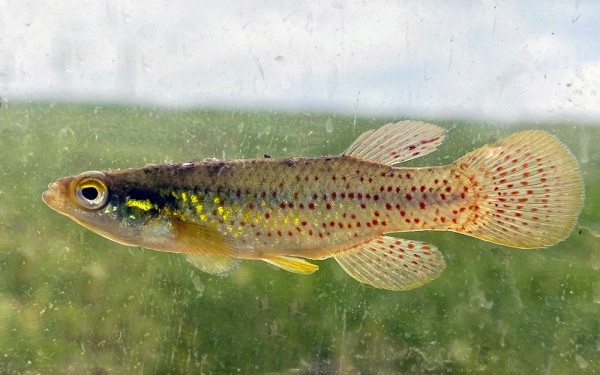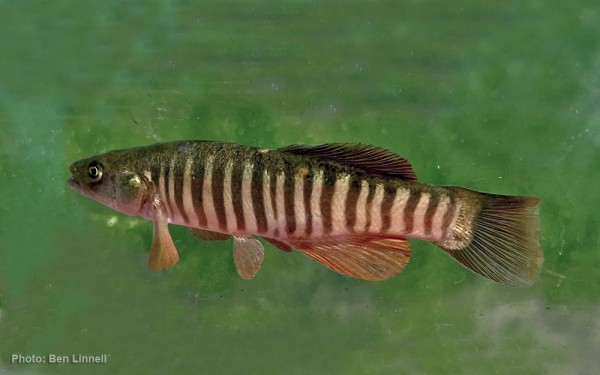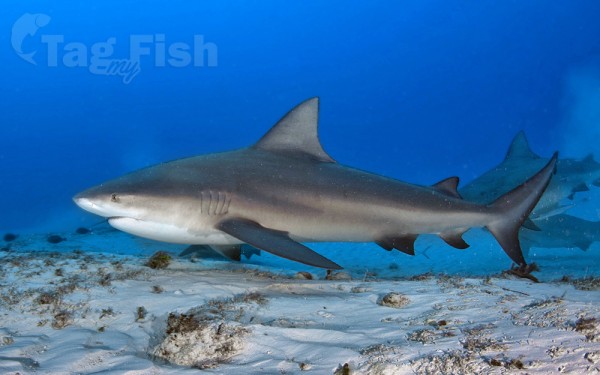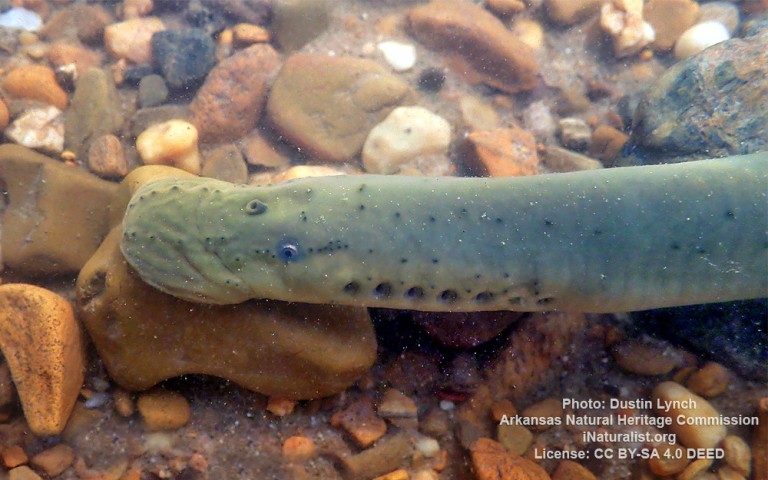Bull Shoals Lake
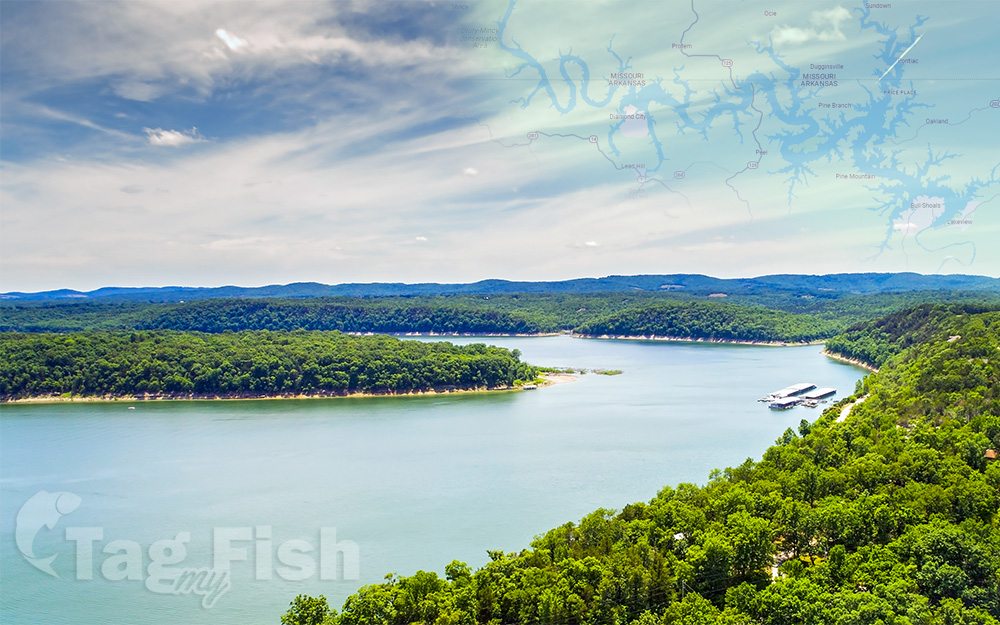
Perciformes - Perches
Salmoniformes - Salmons and Trouts
Esociformes - Pikes
Siluriformes - Catfishes
Centrarchiformes - Basses and sunfishes
Cypriniformes - Carps
Amiiformes - Bowfins
Lepisosteiformes - Gars
Moroniformes - Temperate basses
Clupeiformes - Herrings
Acanthuriformes - Surgeonfishes
Hiodontiformes - Mooneyes
Perciformes - Perches
Salmoniformes - Salmons and Trouts
Esociformes - Pikes
Siluriformes - Catfishes
Centrarchiformes - Basses and sunfishes
Cypriniformes - Carps
Amiiformes - Bowfins
Lepisosteiformes - Gars
Moroniformes - Temperate basses
Clupeiformes - Herrings
Acanthuriformes - Surgeonfishes
Hiodontiformes - Mooneyes
Acipenseriformes - Sturgeons and Paddlefish
Anabantiformes - Gouramies and snakeheads
Anguilliformes - Eels and morays
Percopsiformes - Trout-perches
Gasterosteiformes - Sticklebacks
Cyprinodontiformes - Toothcarps
Carcharhiniformes - Ground sharks
Petromyzontiformes - Lampreys
Perciformes - Perches
Salmoniformes - Salmons and Trouts
Esociformes - Pikes
Siluriformes - Catfishes
Centrarchiformes - Basses and sunfishes
Cypriniformes - Carps
Amiiformes - Bowfins
Lepisosteiformes - Gars
Moroniformes - Temperate basses
Clupeiformes - Herrings
Acanthuriformes - Surgeonfishes
Hiodontiformes - Mooneyes
Acipenseriformes - Sturgeons and Paddlefish
Anabantiformes - Gouramies and snakeheads
Anguilliformes - Eels and morays
Percopsiformes - Trout-perches
Gasterosteiformes - Sticklebacks
Cyprinodontiformes - Toothcarps
Carcharhiniformes - Ground sharks
Petromyzontiformes - Lampreys
Bull Shoals Lake is an artificial lake or reservoir in the Ozark Mountains of northern Arkansas and southern Missouri, United States. It has hundreds of miles of lake arms and coves, and common activities include boating, water sports, swimming, and fishing. Nineteen developed parks around the shoreline provide campgrounds, boat launches, swim areas, and marinas.
Bluegill, channel catfish, largemouth bass are proven stocking combination that provides both food and sport-fishing. When stocked in this order and properly managed, these species provide great fishing and good eating.
Due to high water levels and the large 2019 and 2020 recruitment year classes, bass anglers should experience good catch rates of largemouth bass greater than 15 inches and spotted bass greater than 12 inches in 2024. High water levels throughout 2021 and 2022 also produced substantial year classes of largemouth bass and spotted bass, but anglers will have to wait a few more years before these fish reach 15 inches and 12 inches in length, respectively. These successful recruitment years will provide good fishing opportunities now and in future years.
Because of the lake’s history of inconsistent spawning success, anglers catching smallmouth and largemouth bass are encouraged to practice catch-and-release in order to help maintain the bass population. Anglers wanting fish to eat are encouraged to harvest spotted bass greater than 12 inches. This species doesn’t have the growth potential of the other black bass and fish over 15 inches are rare.
Anglers can identify largemouth and spotted bass by using differences in the jaw bone length, cheek scale size, connectivity of the spinous and soft dorsal fin, and absence/presence of a tongue patch.
Crankbaits, spinnerbaits, jigs, and plastic worms catch the majority of the black bass species. During the spring, fall, and early winter months, bass can be found relatively shallow along rocky points, banks, and channel swing areas. As a general rule of thumb; poor weather conditions (i.e. rain, clouds, and wind) result in better fishing success. Other times of the year, fish will move into water 30 to 40 feet deep.
Walleye numbers are very good and anglers should see a high percentage of legal-size fish in the 18-20 inch range in 2024. Due to good year class strengths and stocking success in recent years, anglers should also expect to catch higher numbers of sub-legal fish as well. Jerk-baits, live bait, and jigs catch the majority of fish during the early spring months. In the late spring, summer, and fall, spoons, drop-shotting nightcrawlers, nightcrawlers rigged on bottom-bouncers, and crankbaits slowly trolled along flats and points at or just above the depth of the thermocline catch good numbers of fish.
The white bass population has experienced below average spawning success so anglers may notice a decline in the white bass numbers, especially smaller sizes. Also, the spring-time white bass spawning runs can be difficult to pattern if the lake level fluctuates and river flows change frequently. Missouri residents 16 years of age and older who fish the Arkansas portion of Bull Shoals Lake should take advantage of the $10 White River Border Lakes Permit. This permit allows these anglers to fish the Arkansas portion of this lake without purchasing an Arkansas nonresident fishing permit.
Crappie fishing has been very good using jigs and minnows in the spring and fall with anglers utilizing the 171 fish habitat structures installed by the Missouri Department of Conservation and paid for with a grant from the National Fish and Wildlife Foundation and Bass Pro. Anglers wanting locations of the lake’s brush structures can visit the MO Fishing App for smartphones or download coordinates to your sonar unit from MDC’s MO Fishing Interactive Map on the website. Remember to help STOP the spread of aquatic invasive species like zebra mussels by cleaning, draining, and drying out your boat and equipment before traveling to another lake or river.
Driving Directions
The Pontiac, Spring Creek, and Theodsia Accesses are in Ozark County and located off of Highways W, HH, and 160, respectively. Beaver Creek, River Run, and K-Dock accesses are in Taney County and located off Highways O, 76, and K, respectively.
